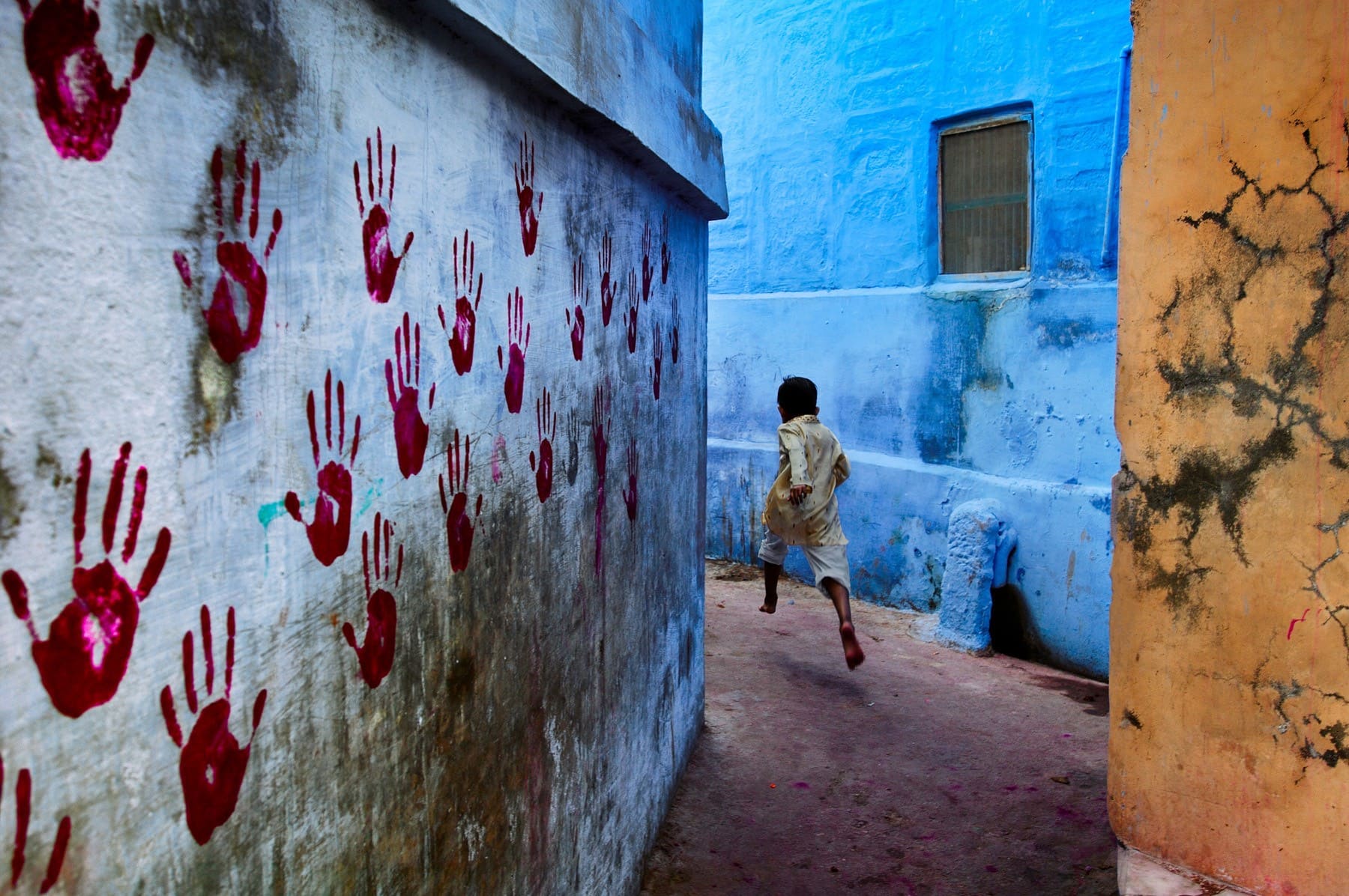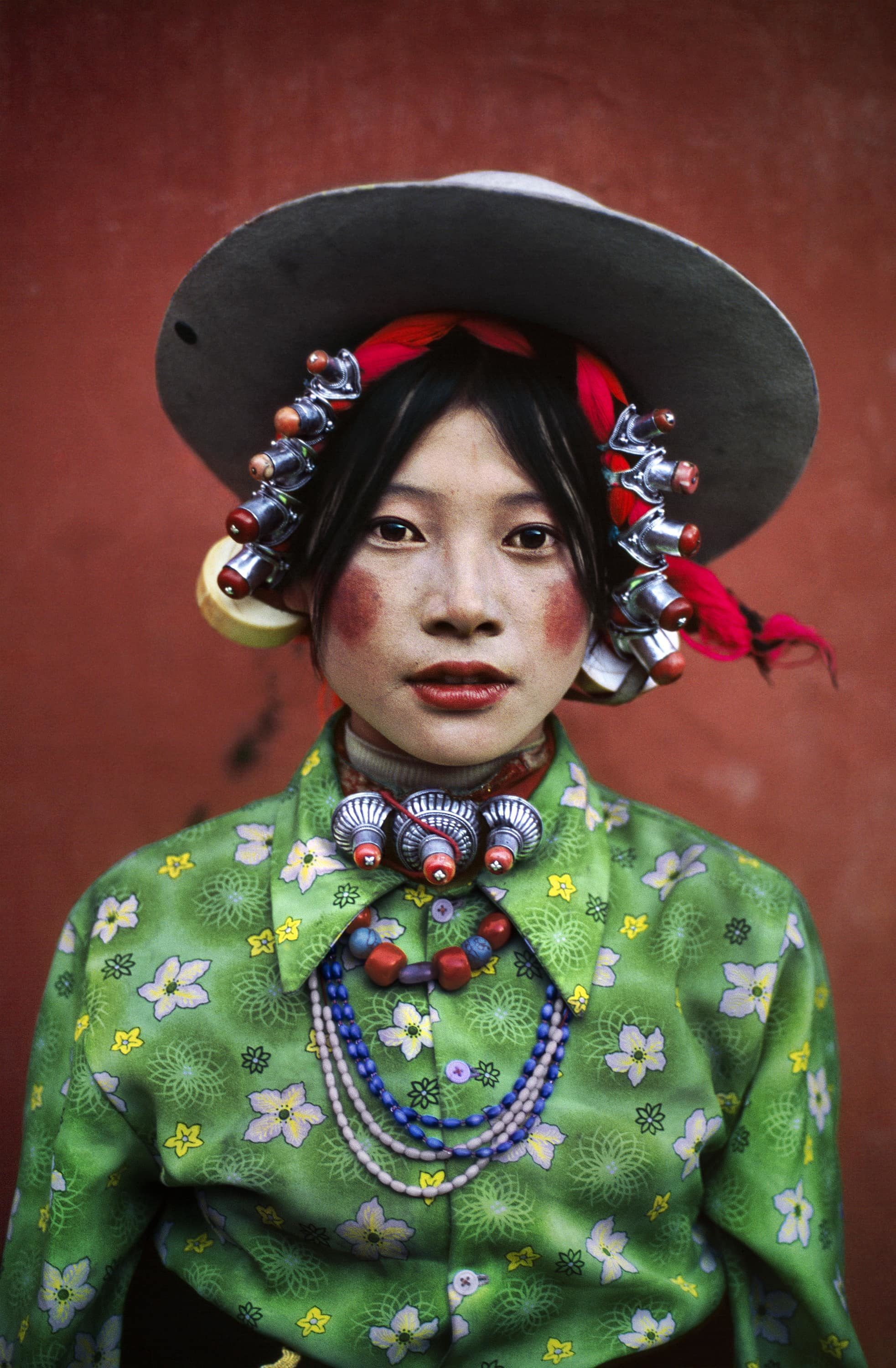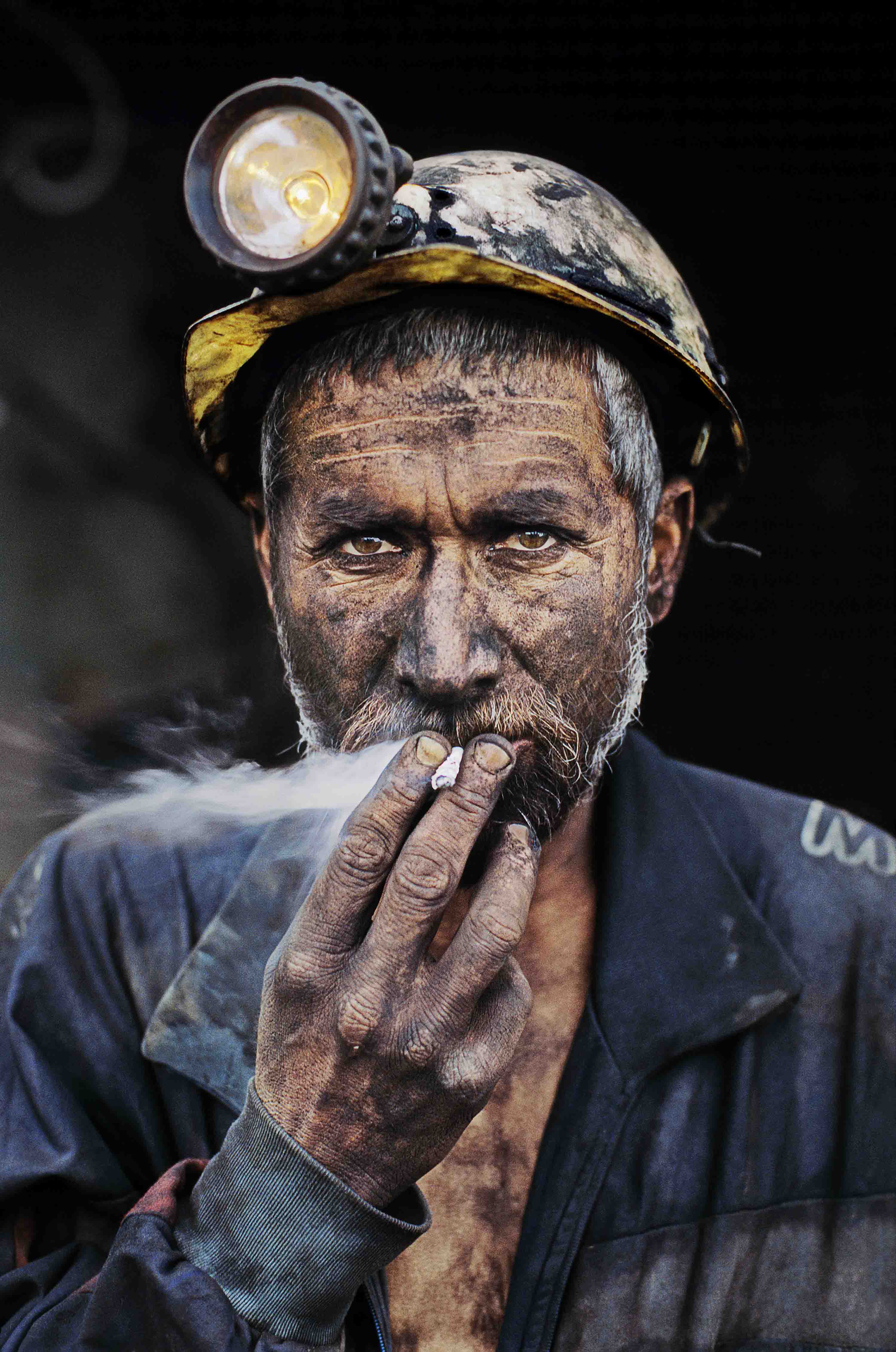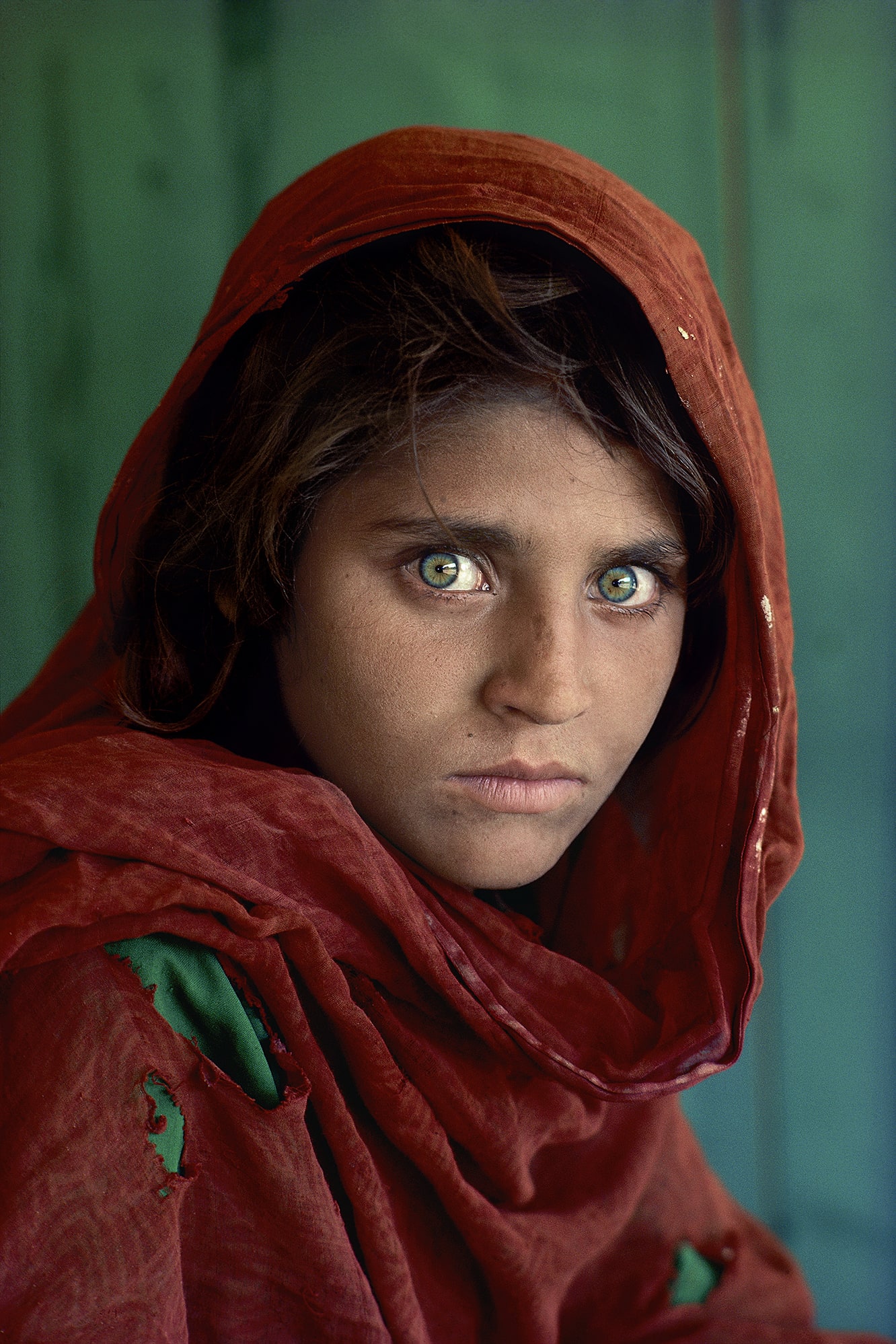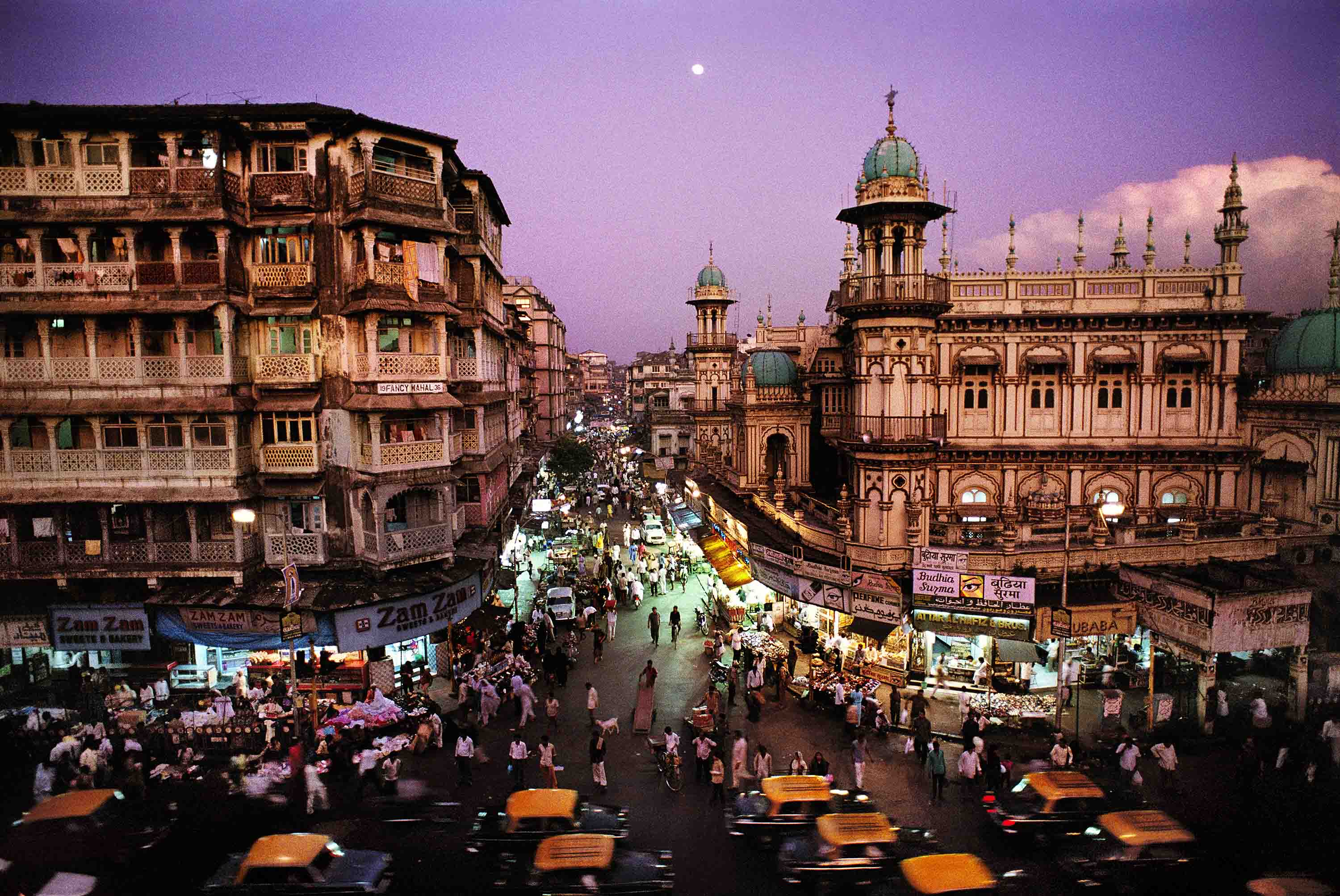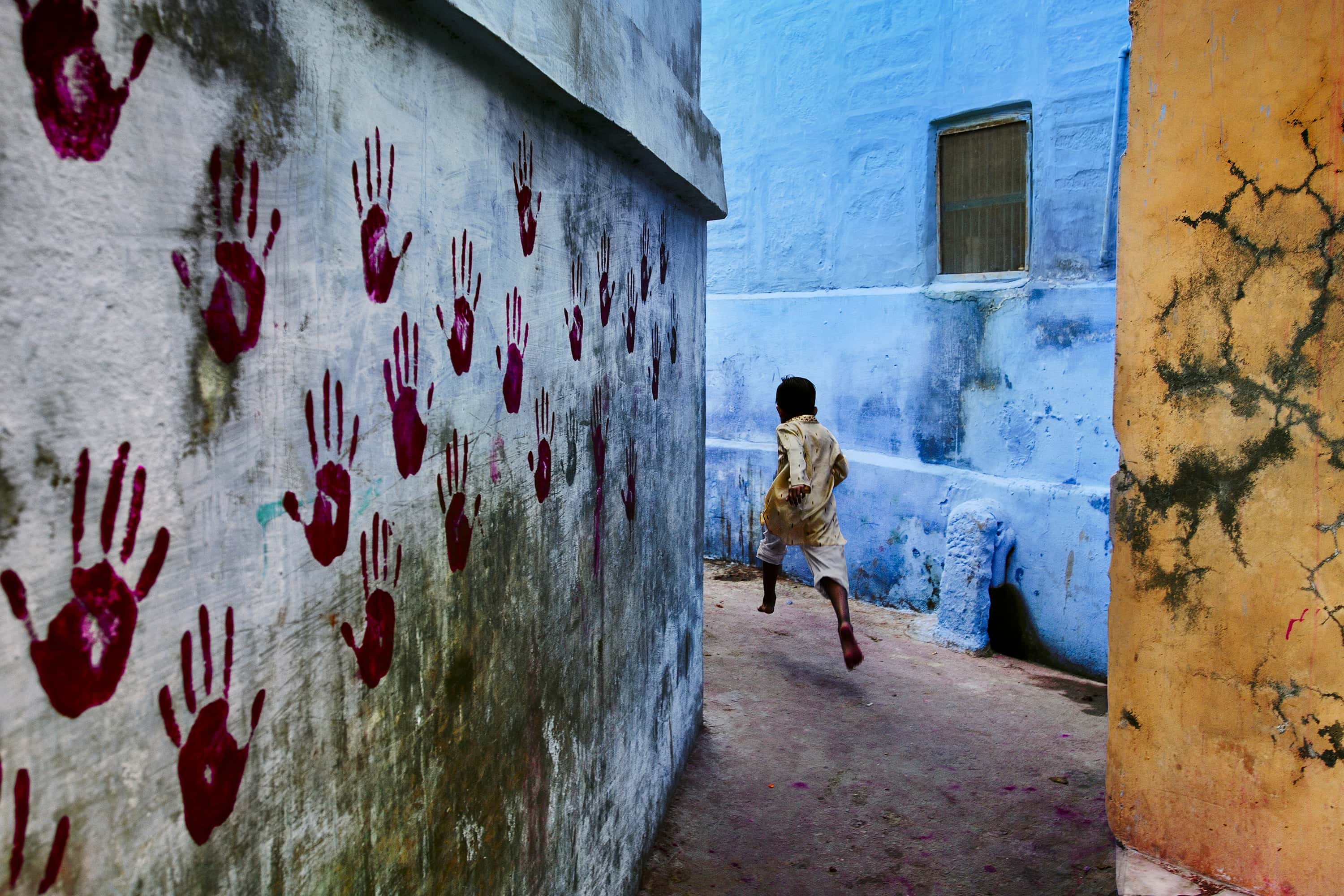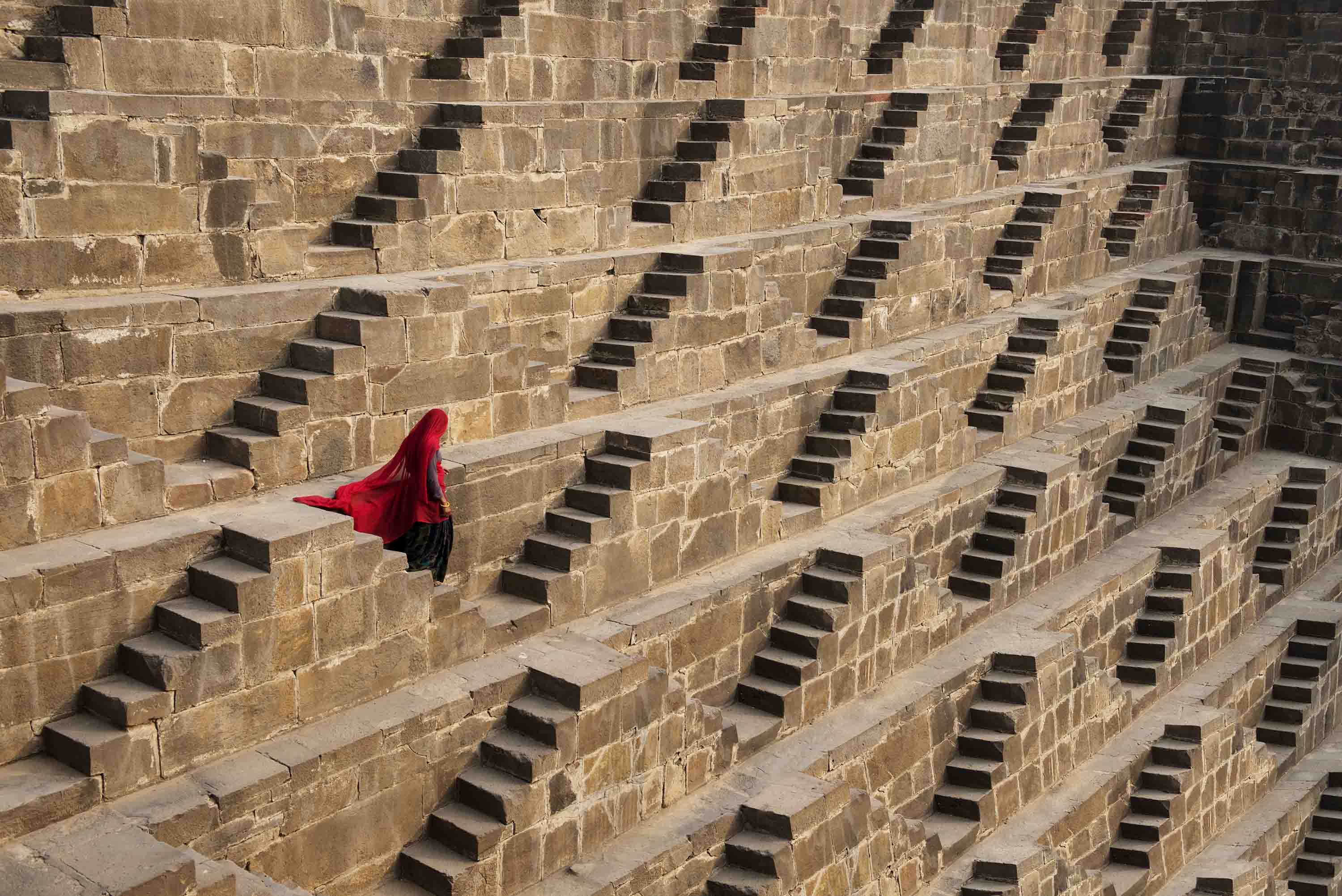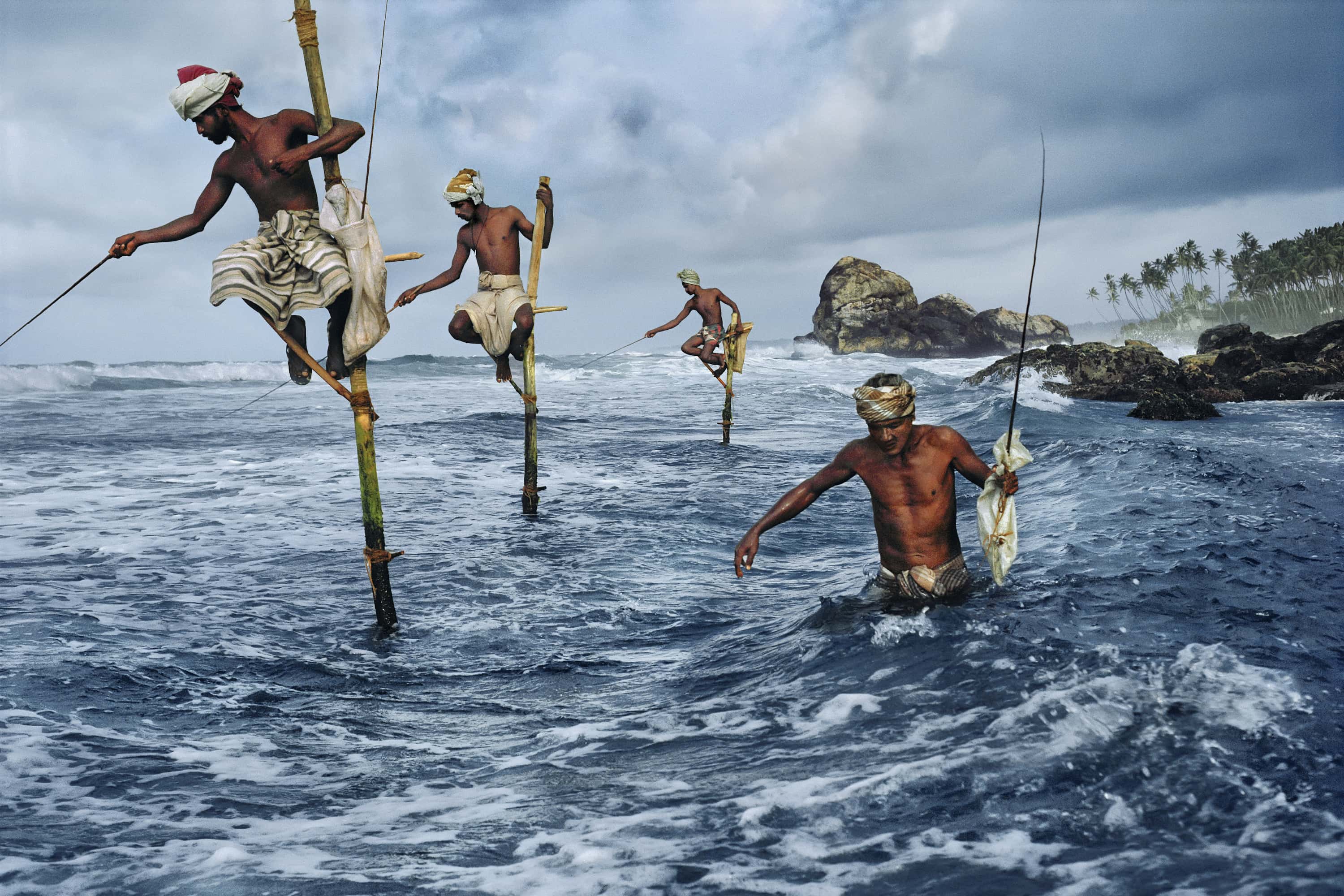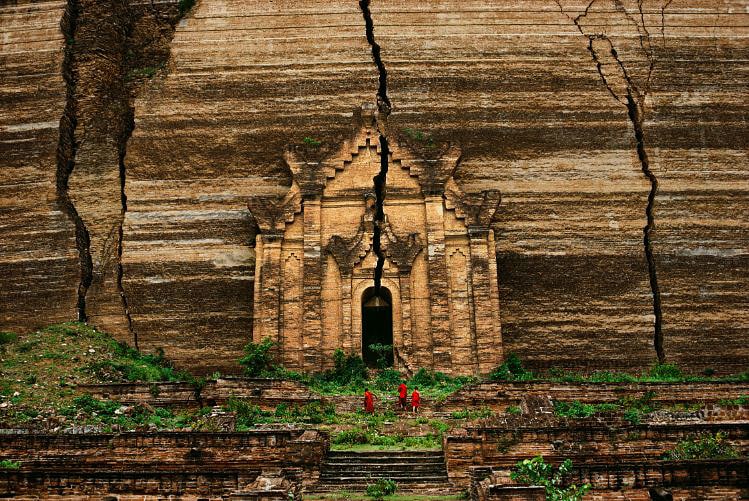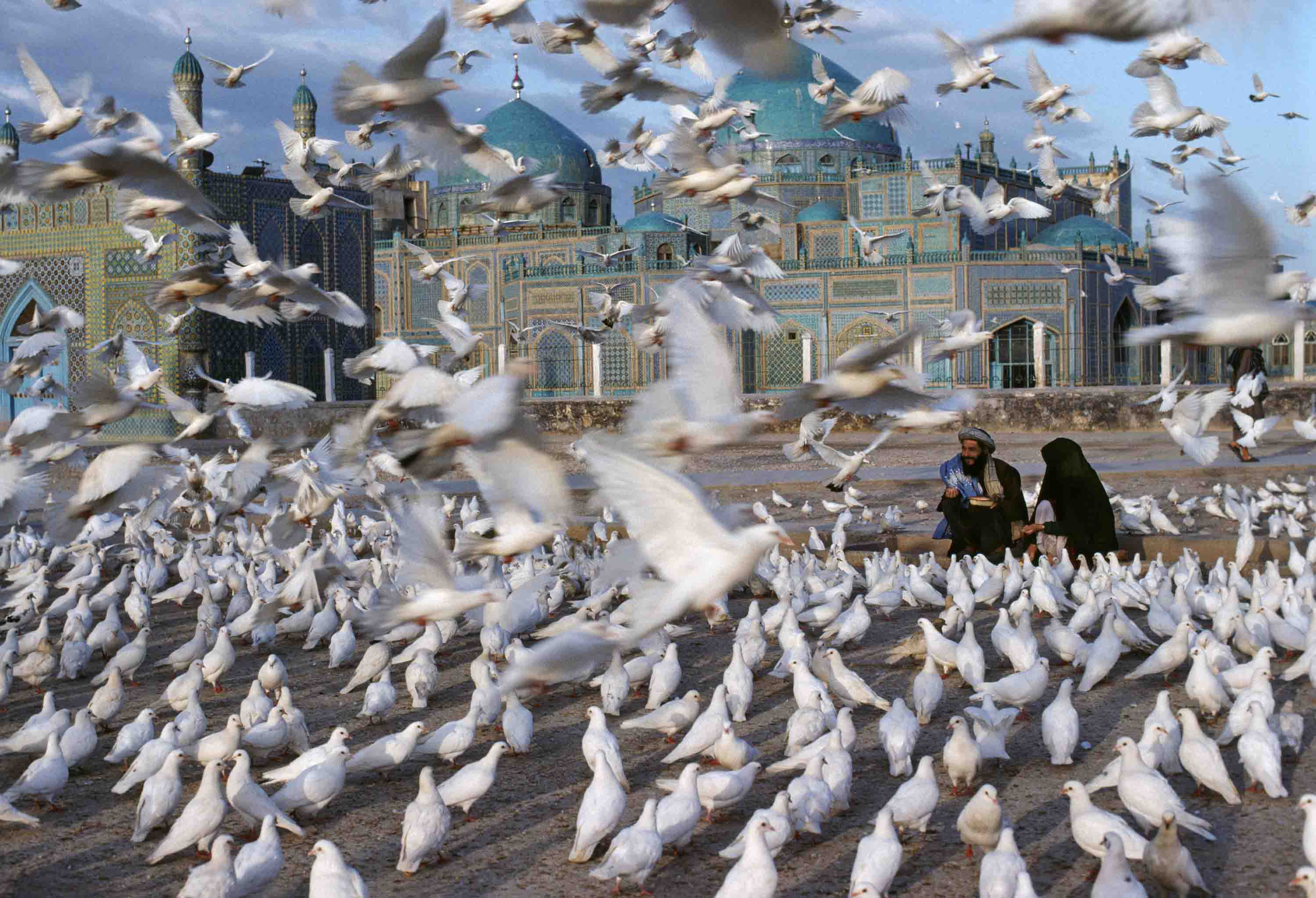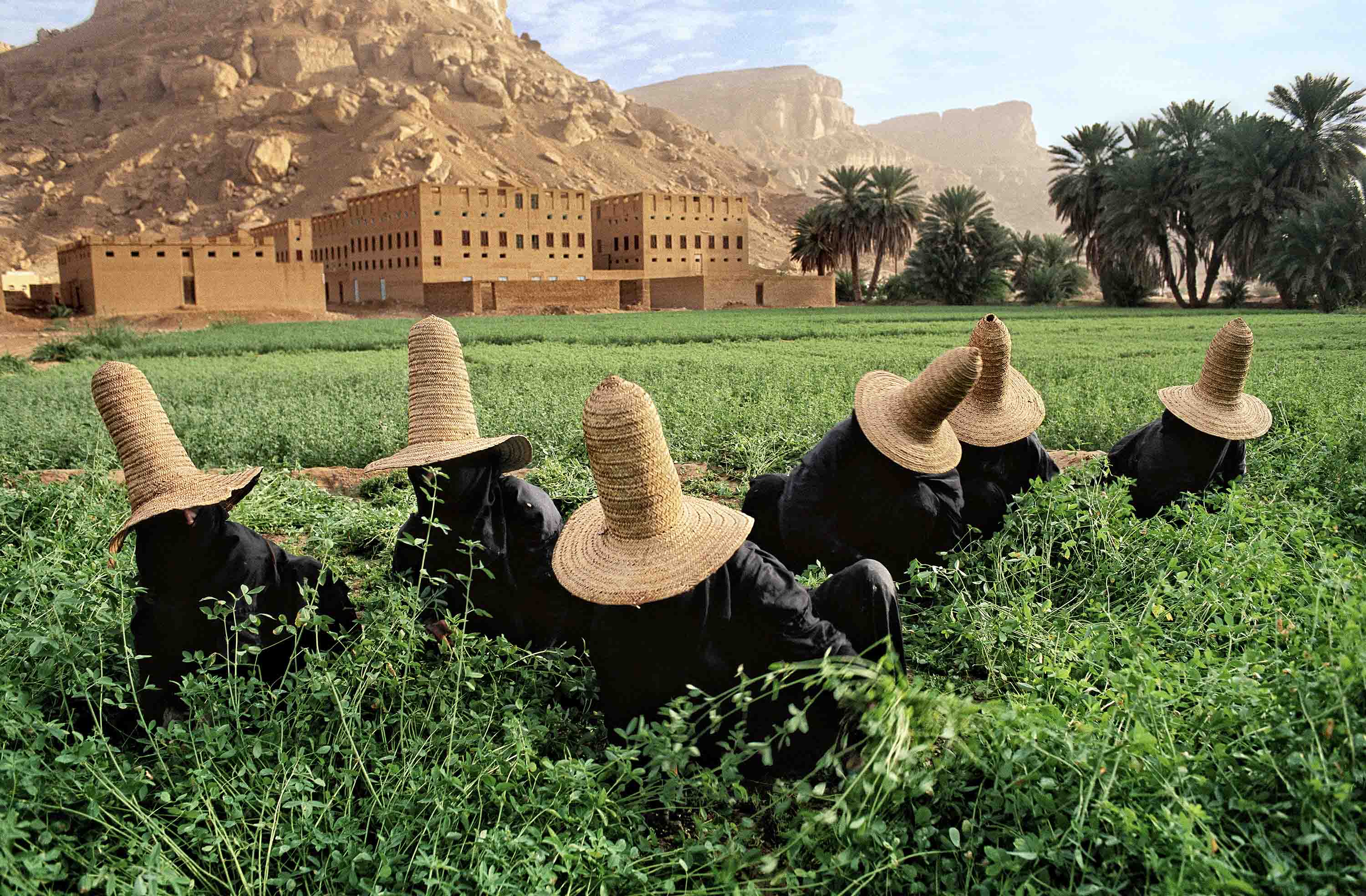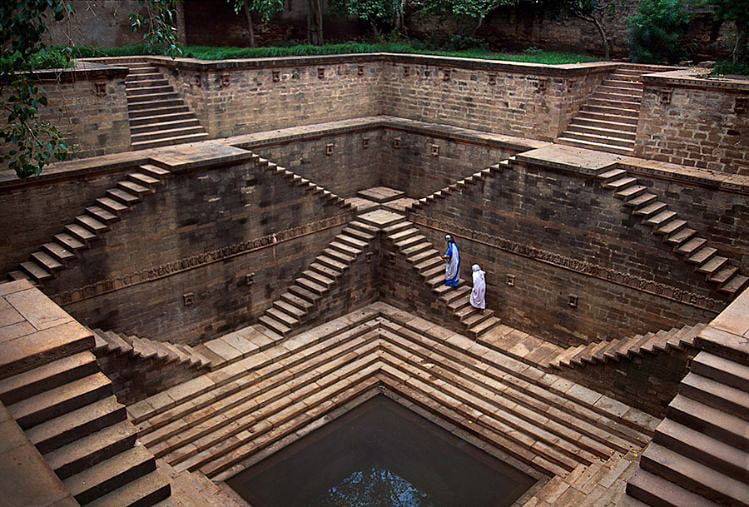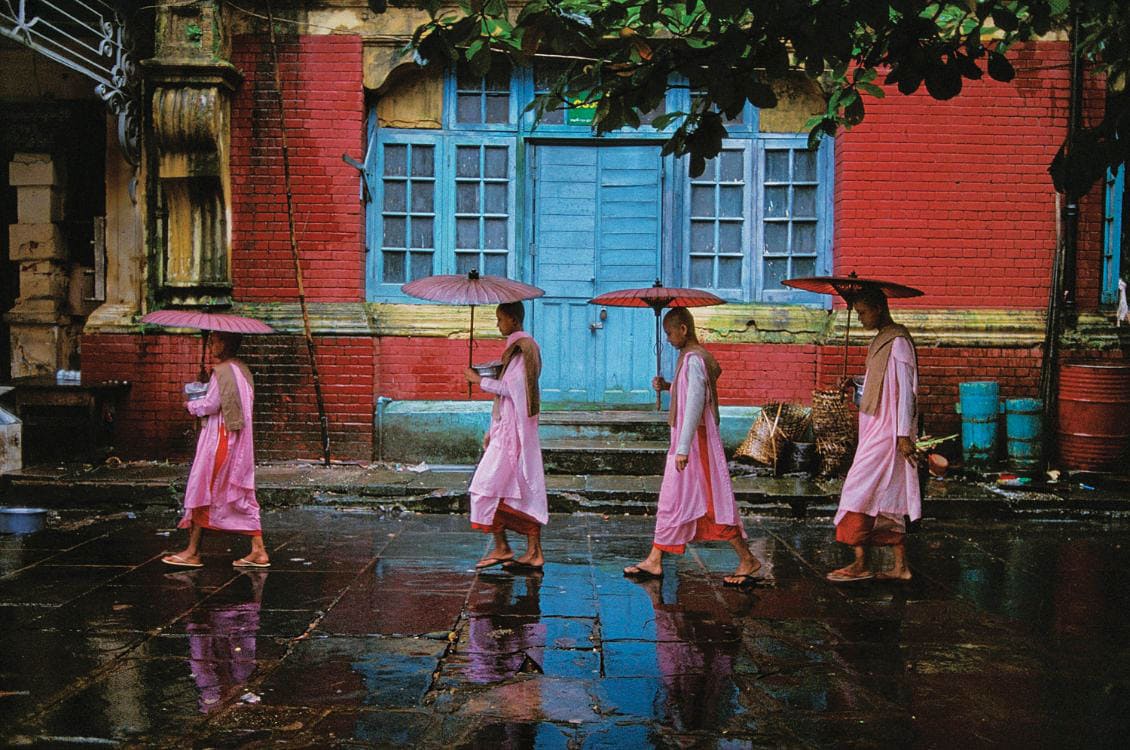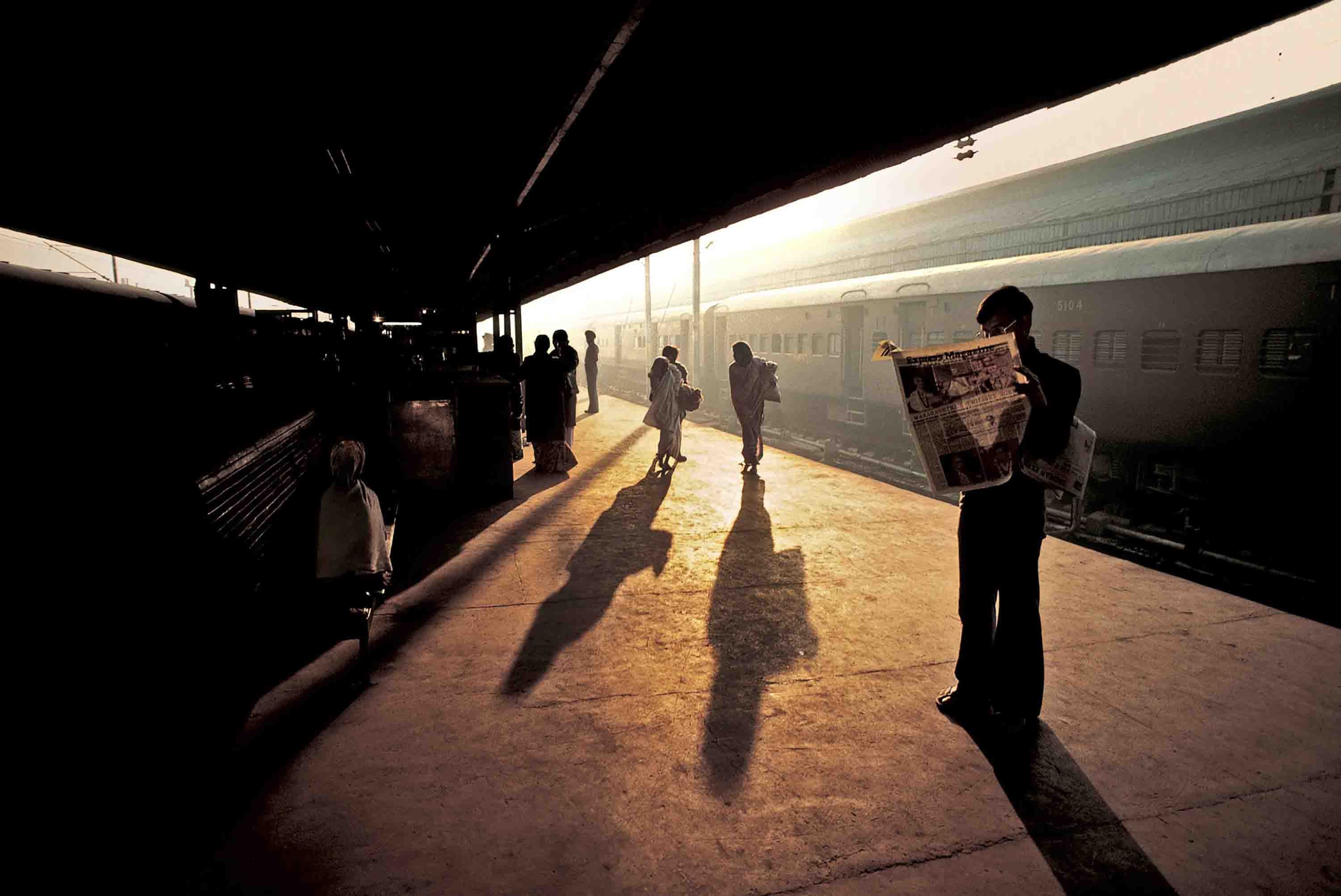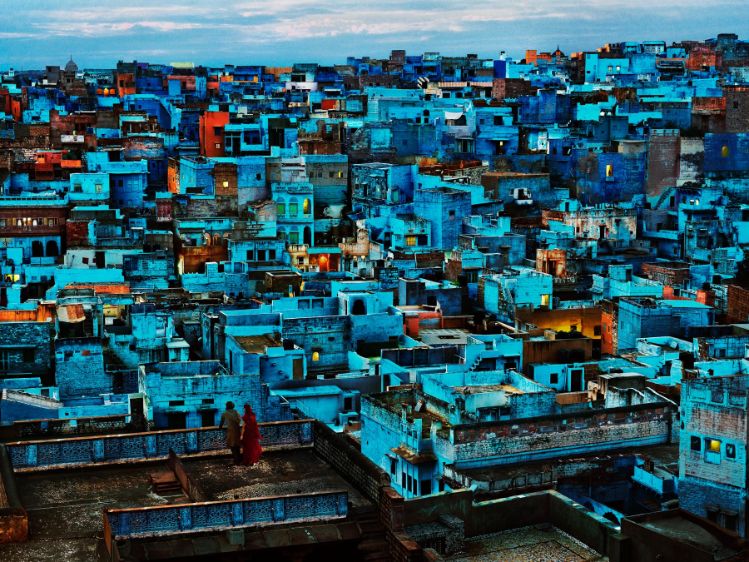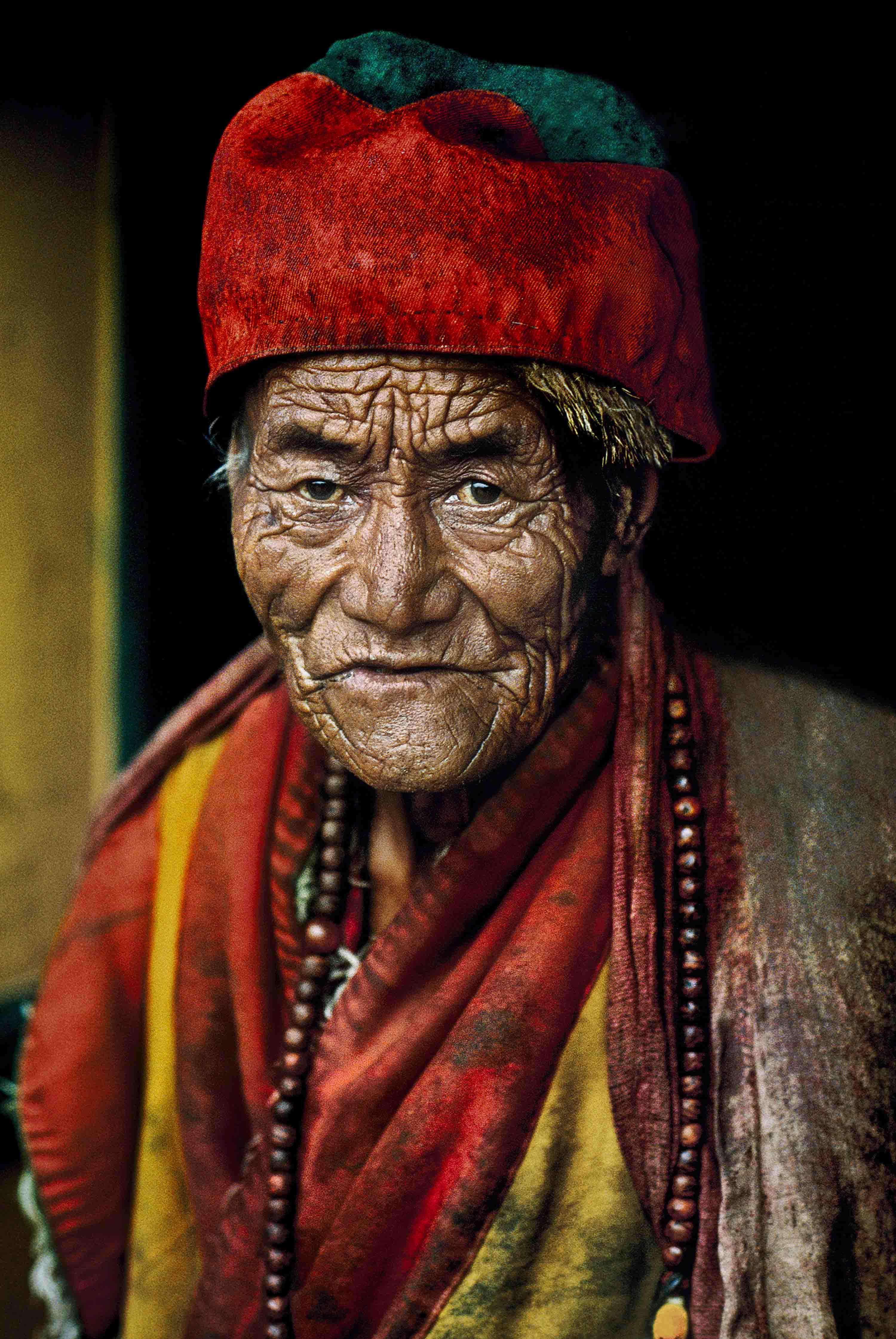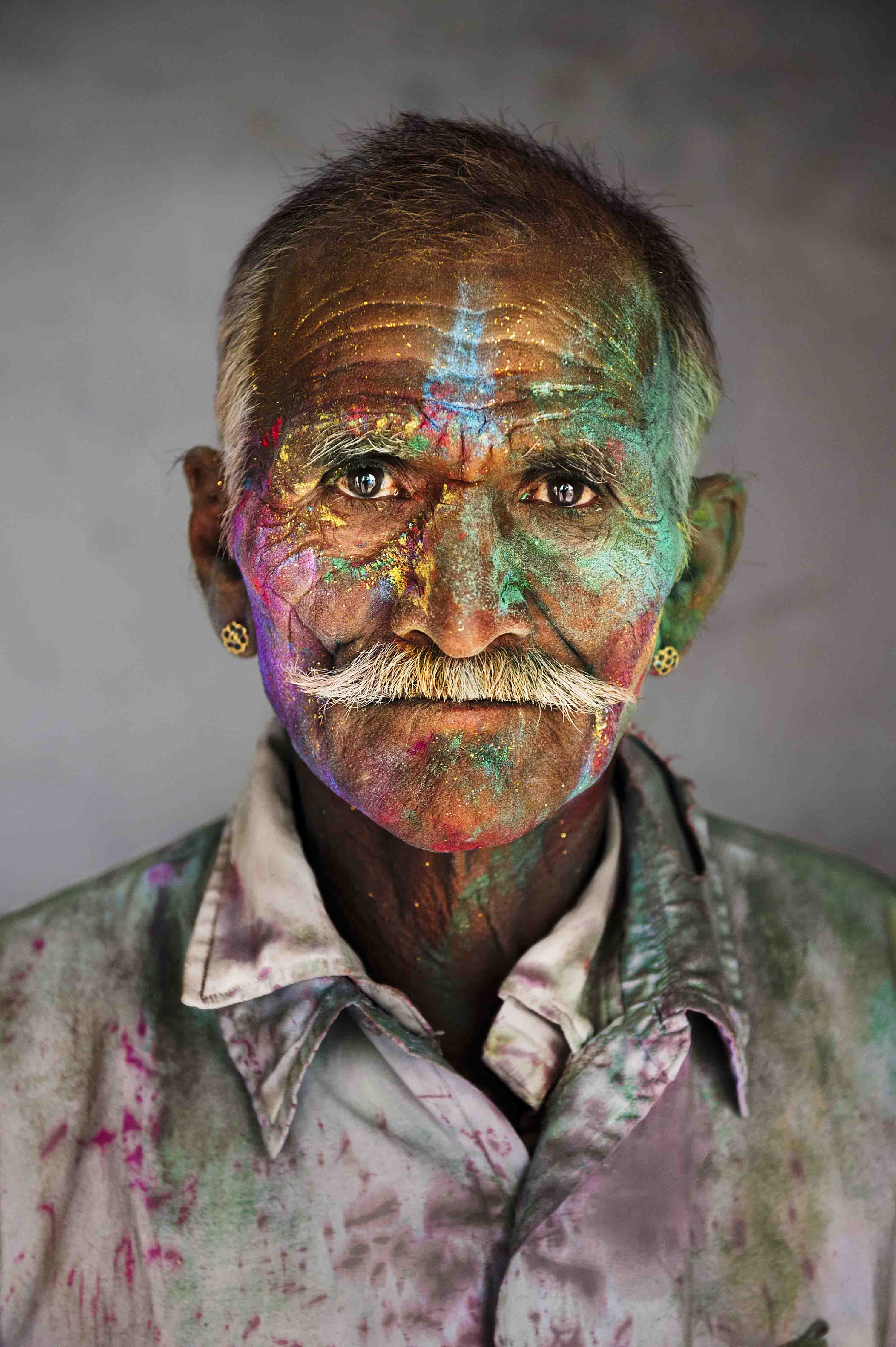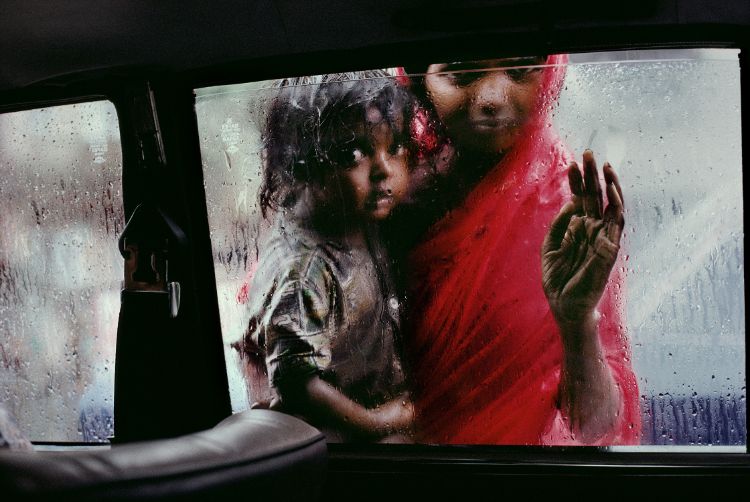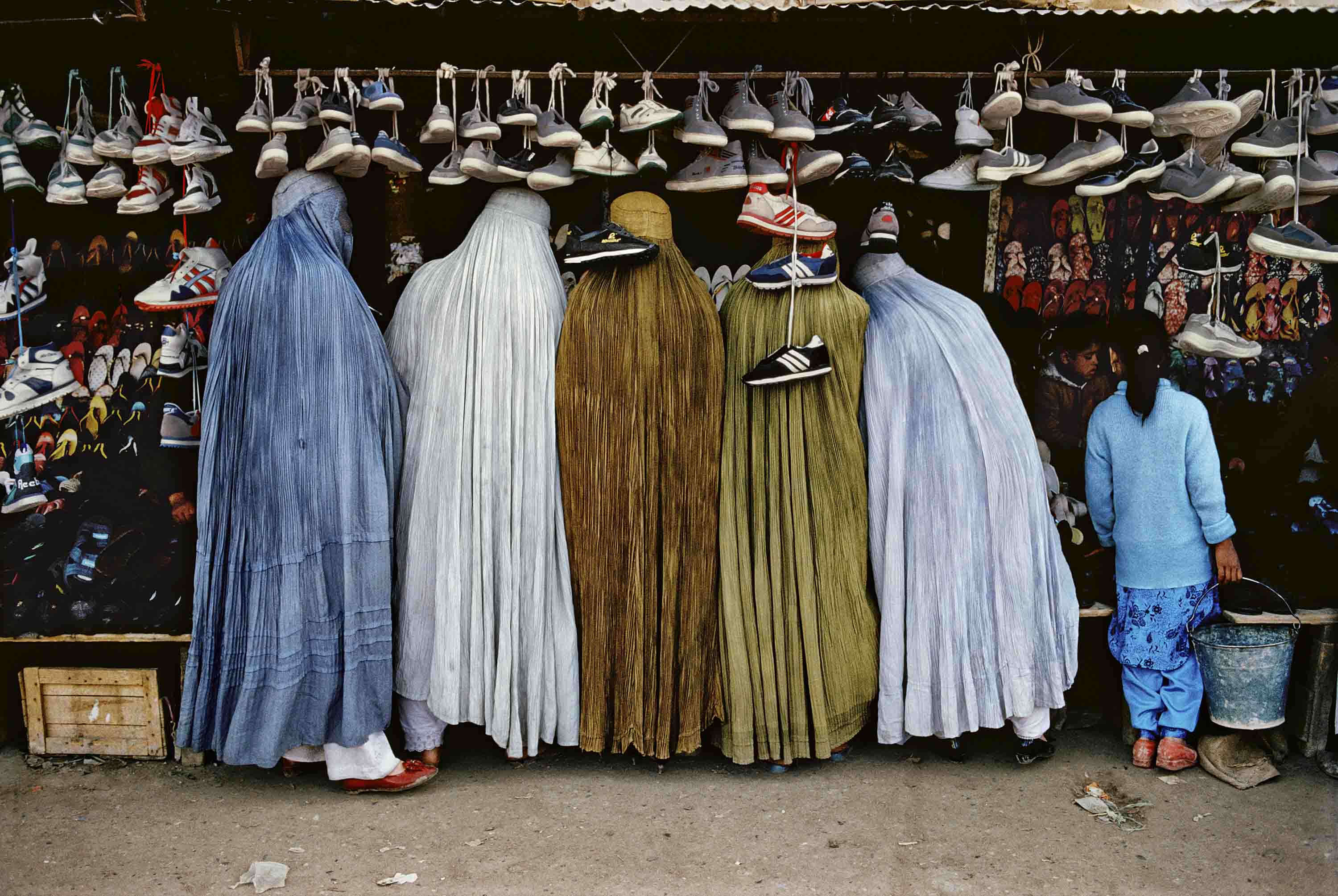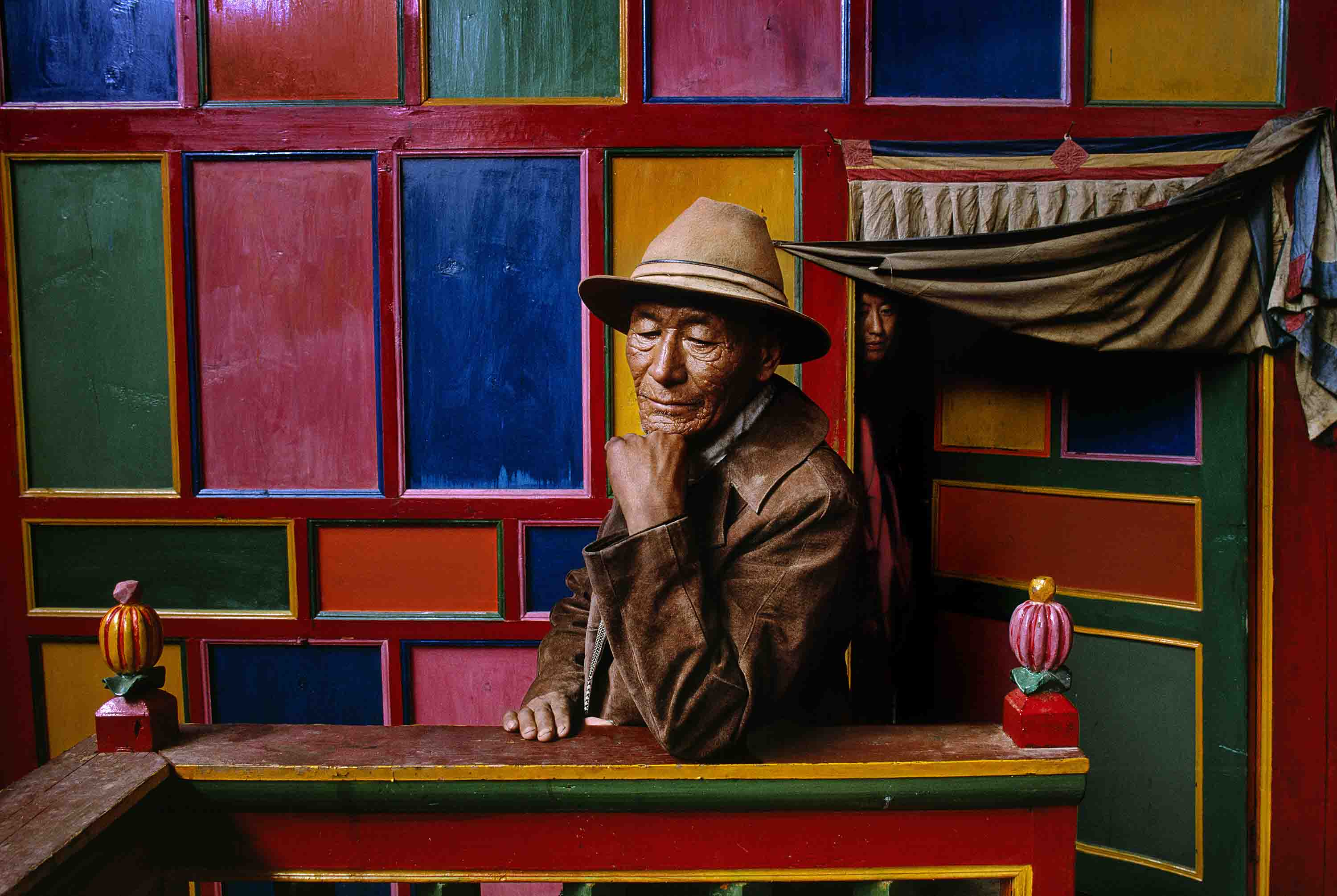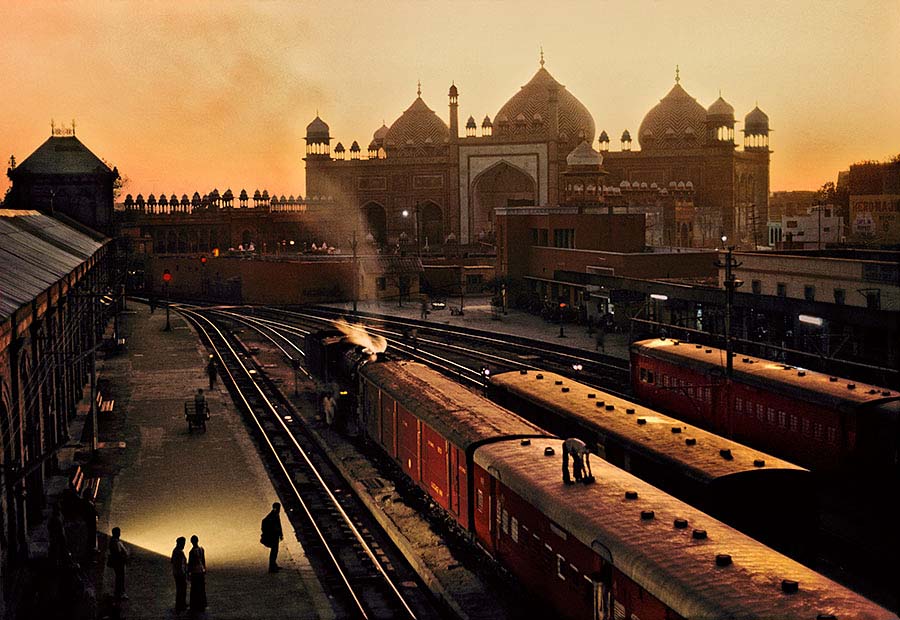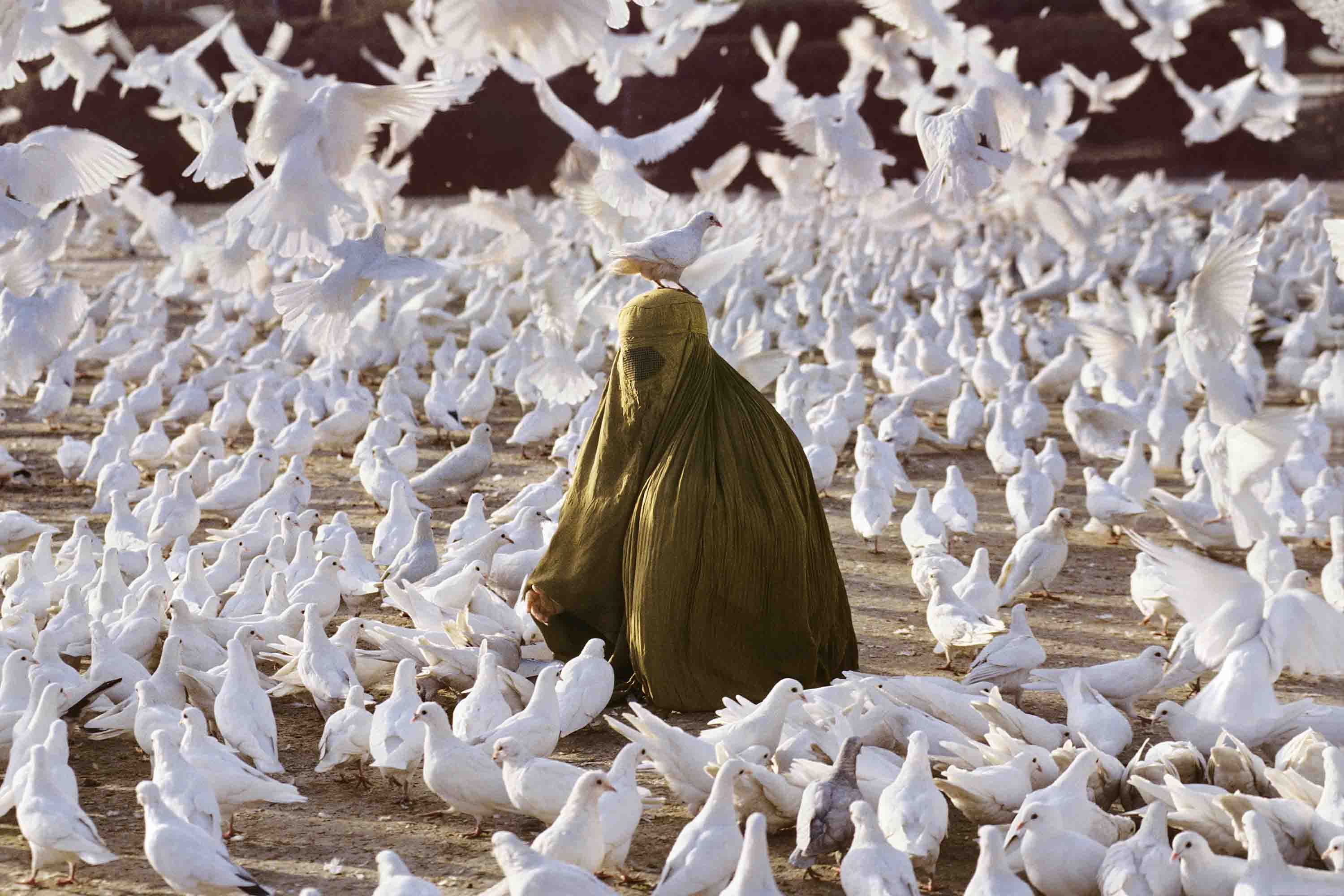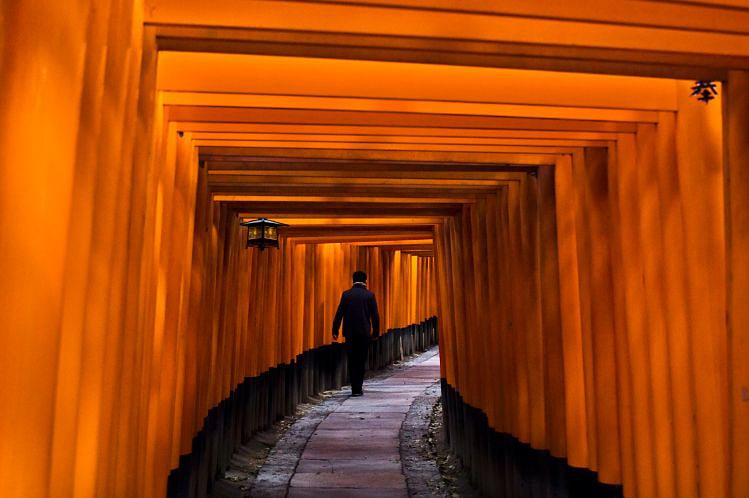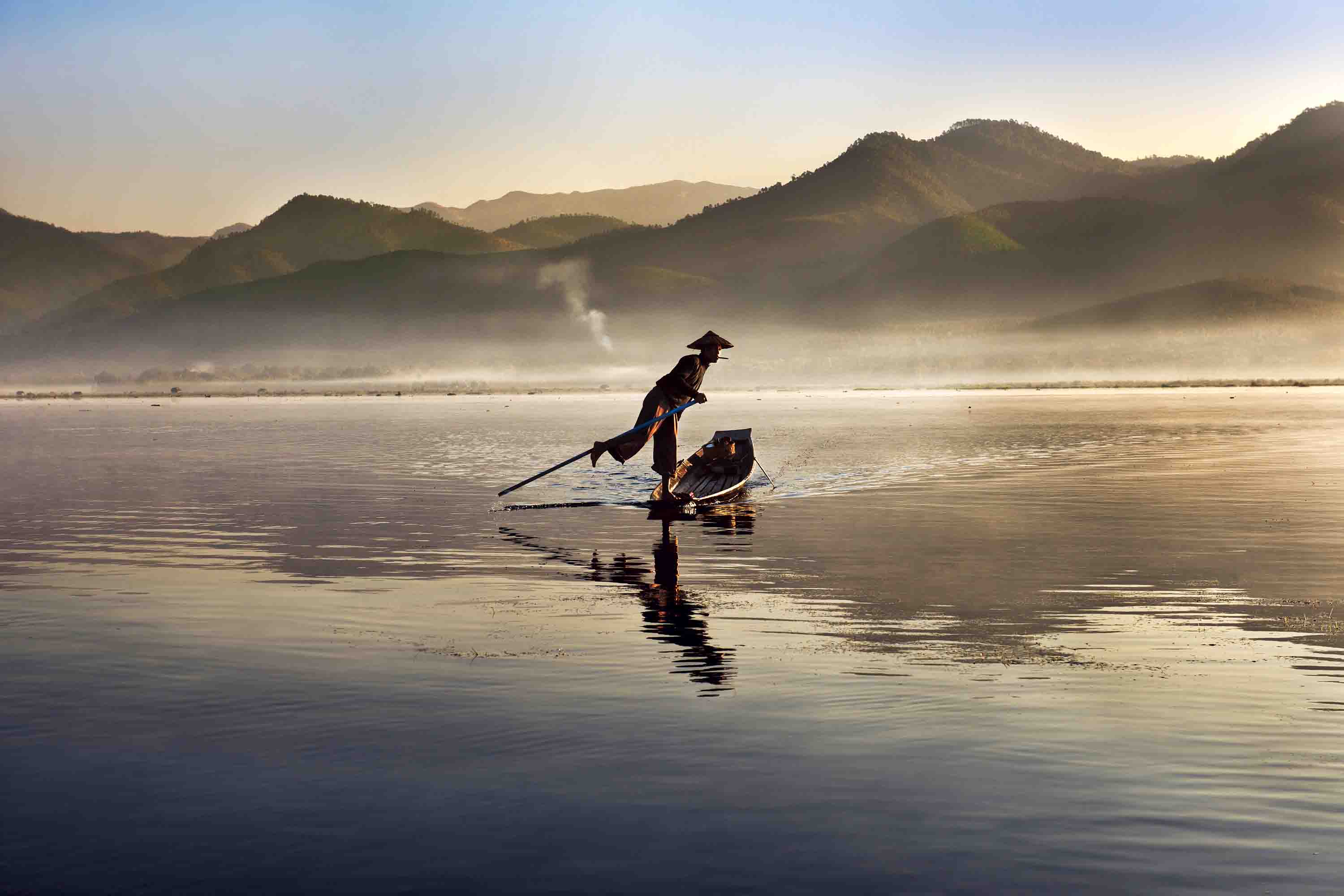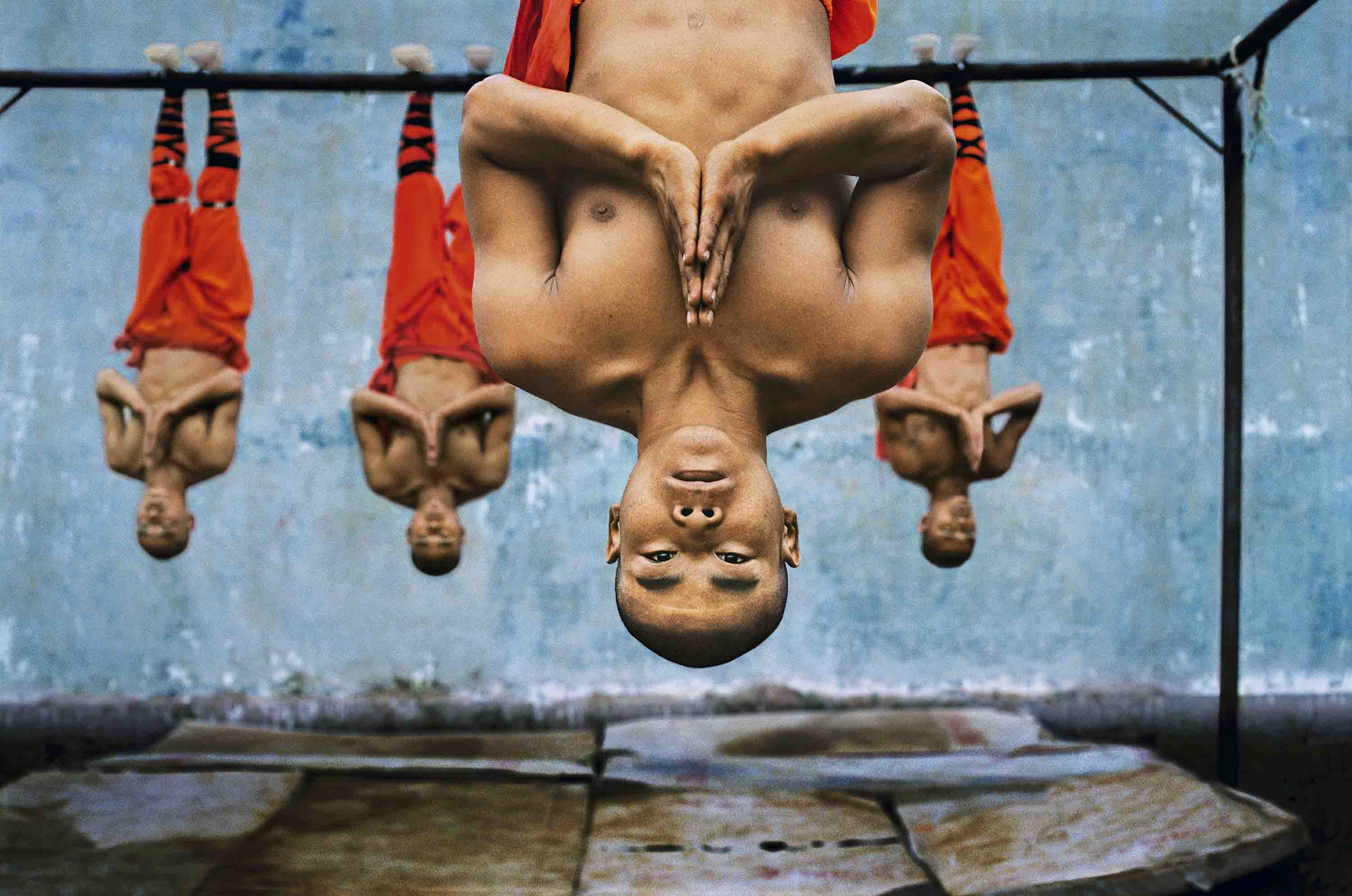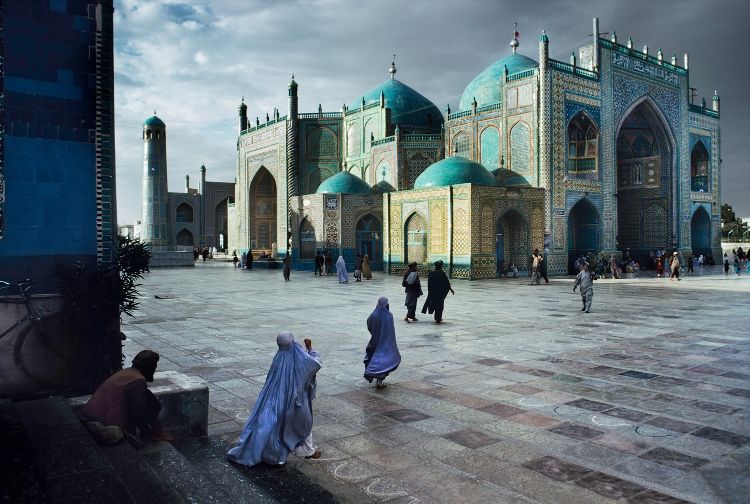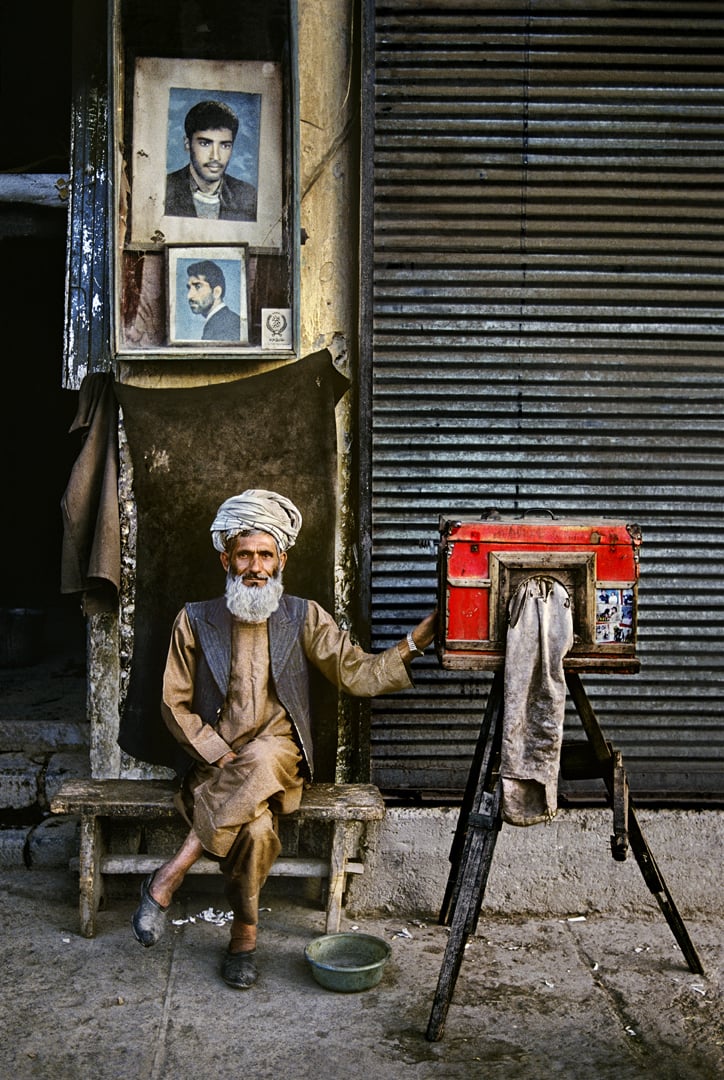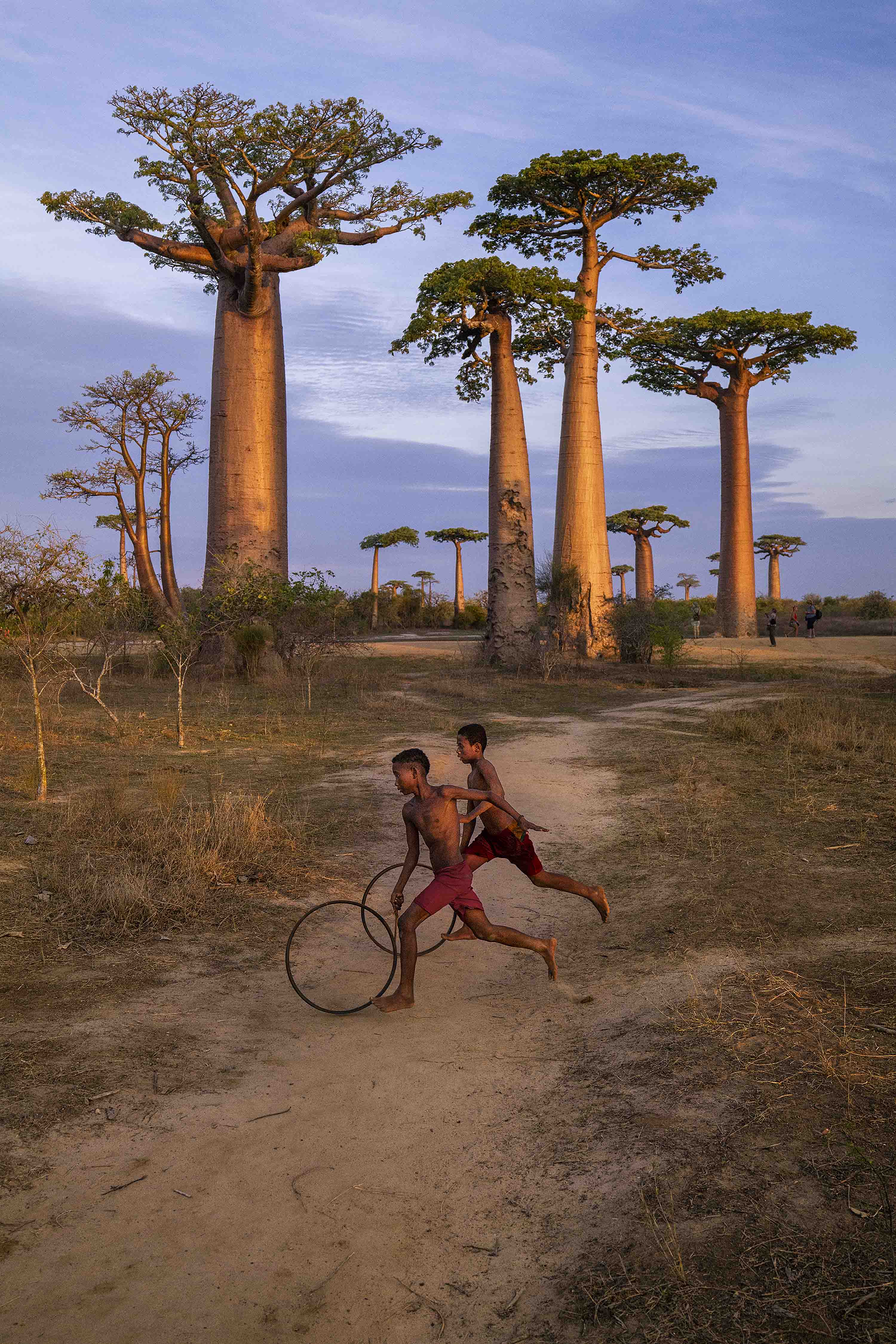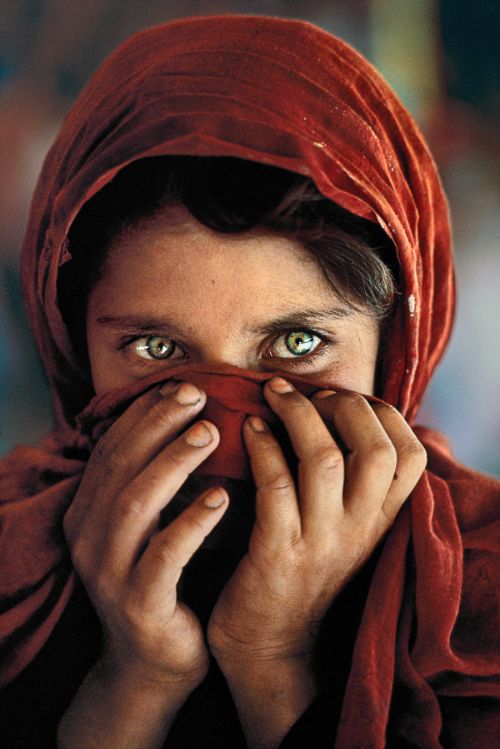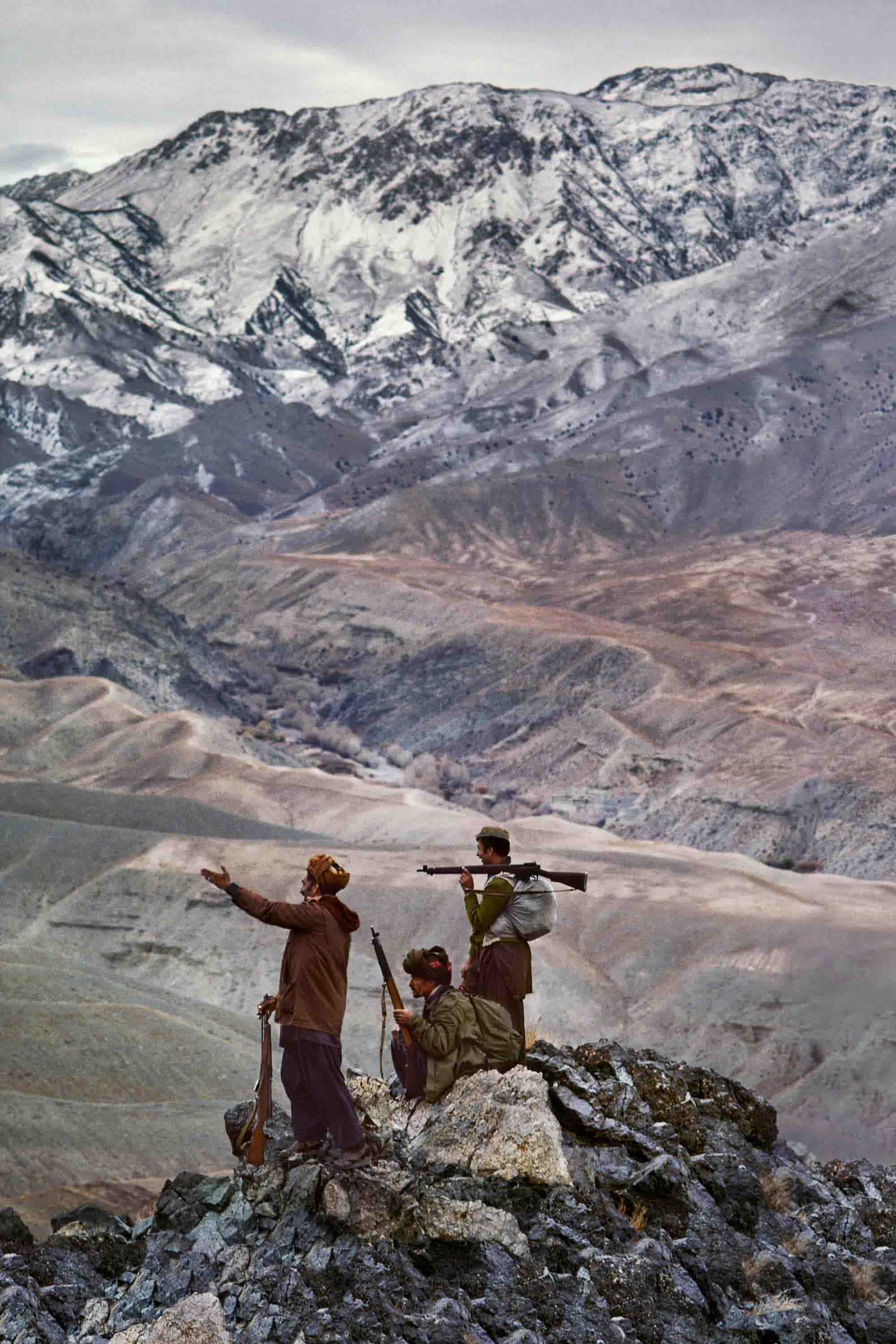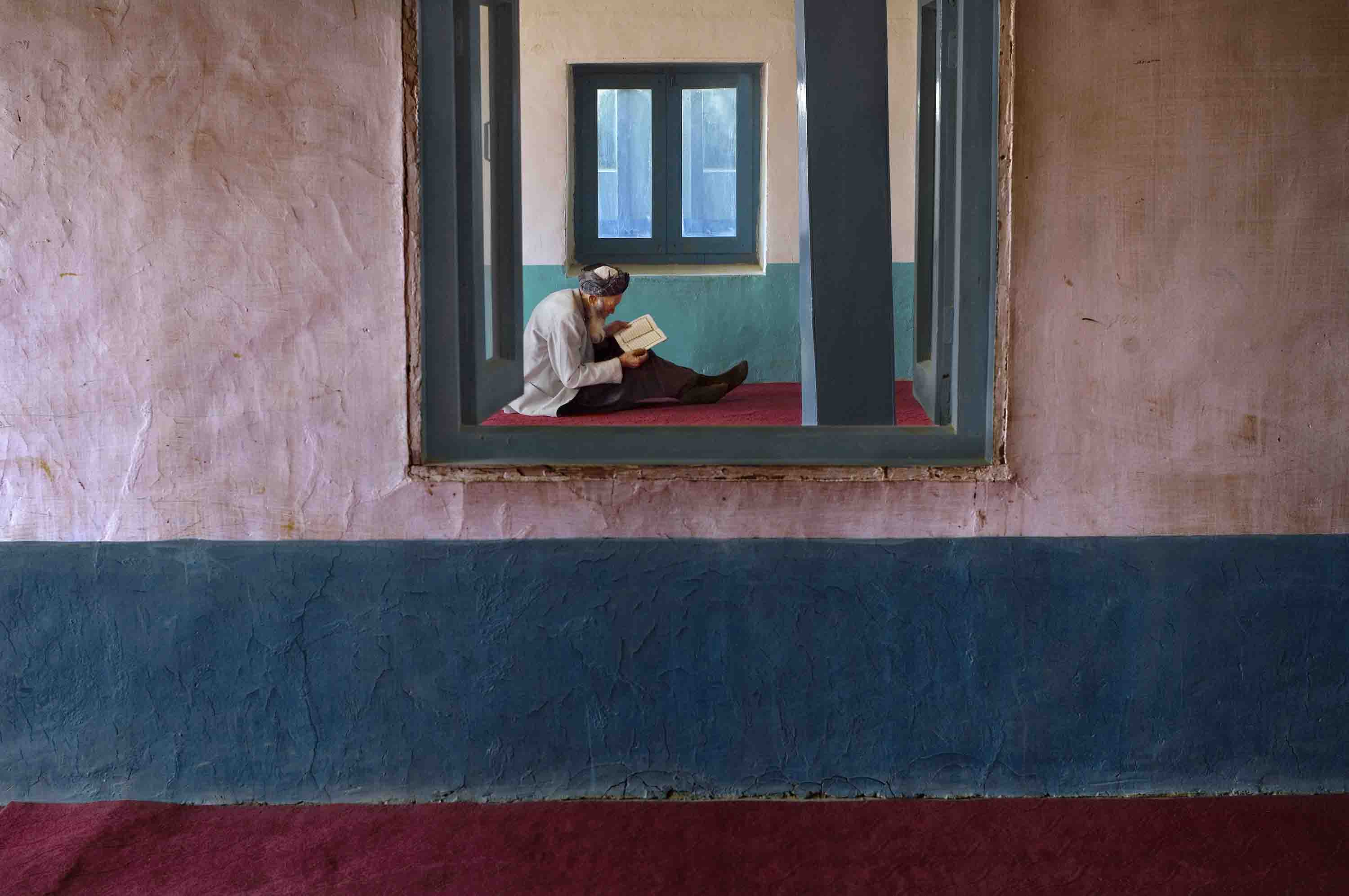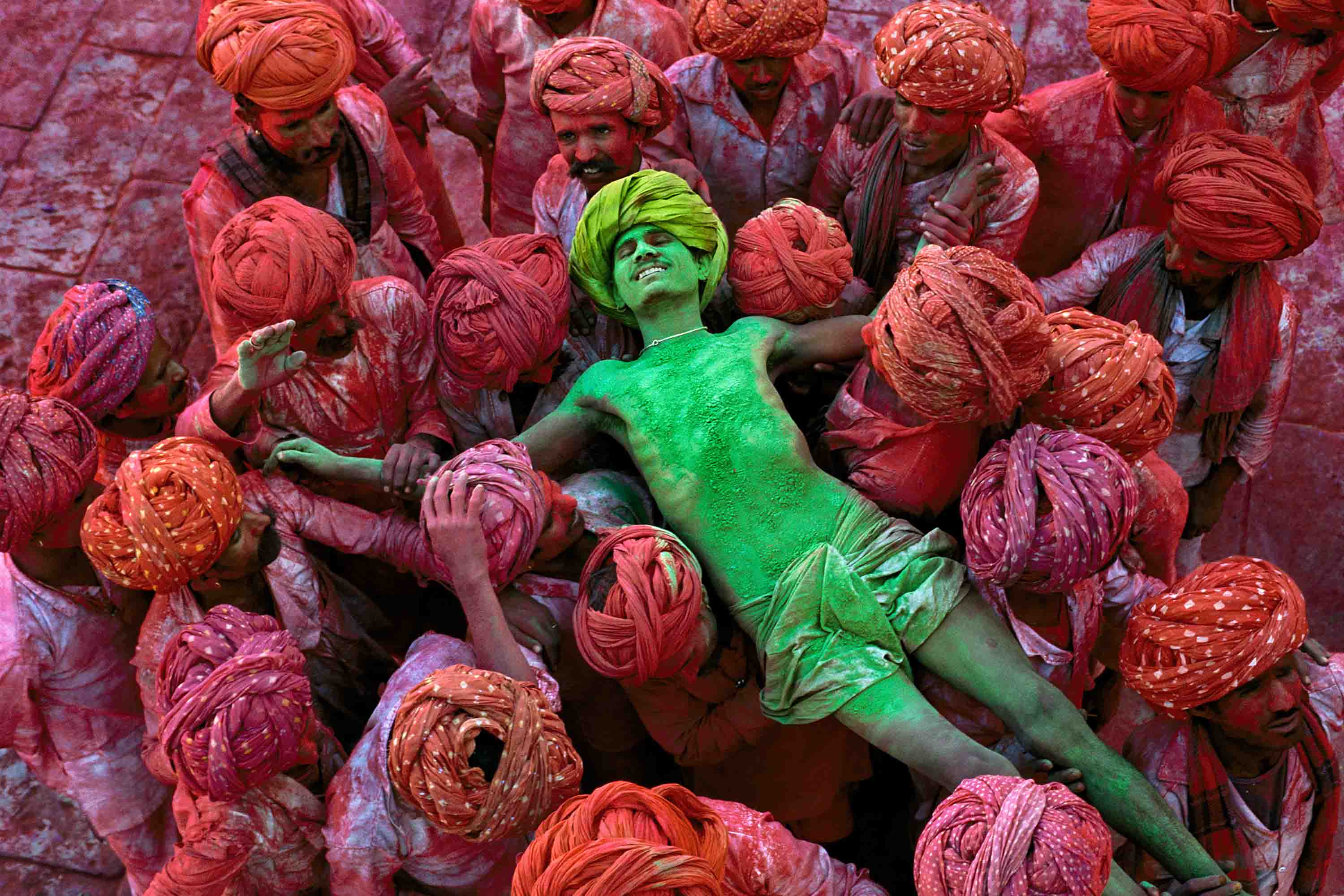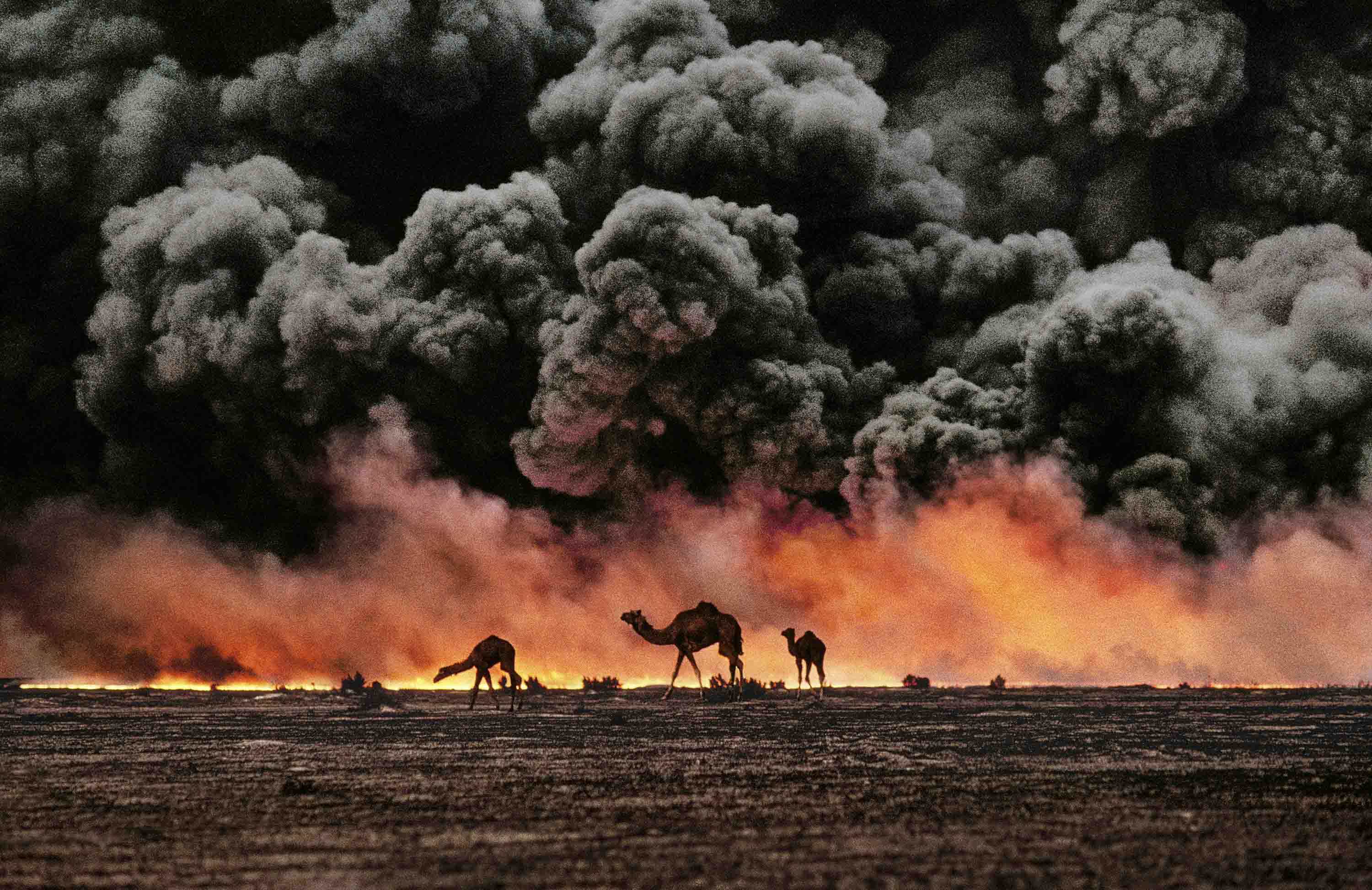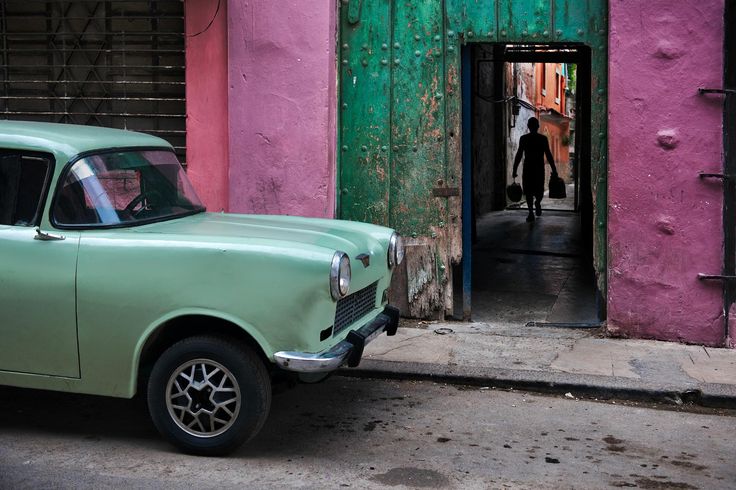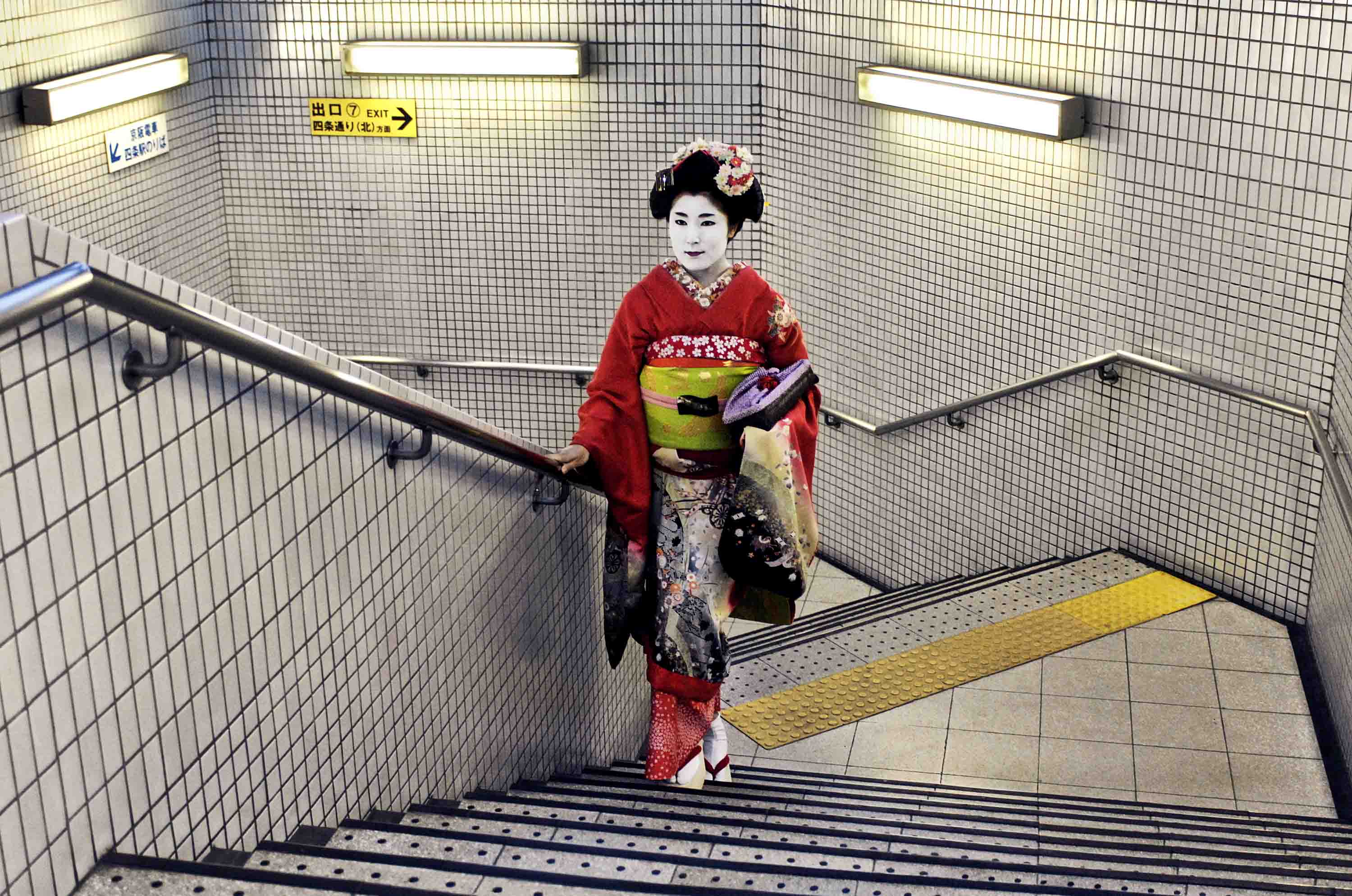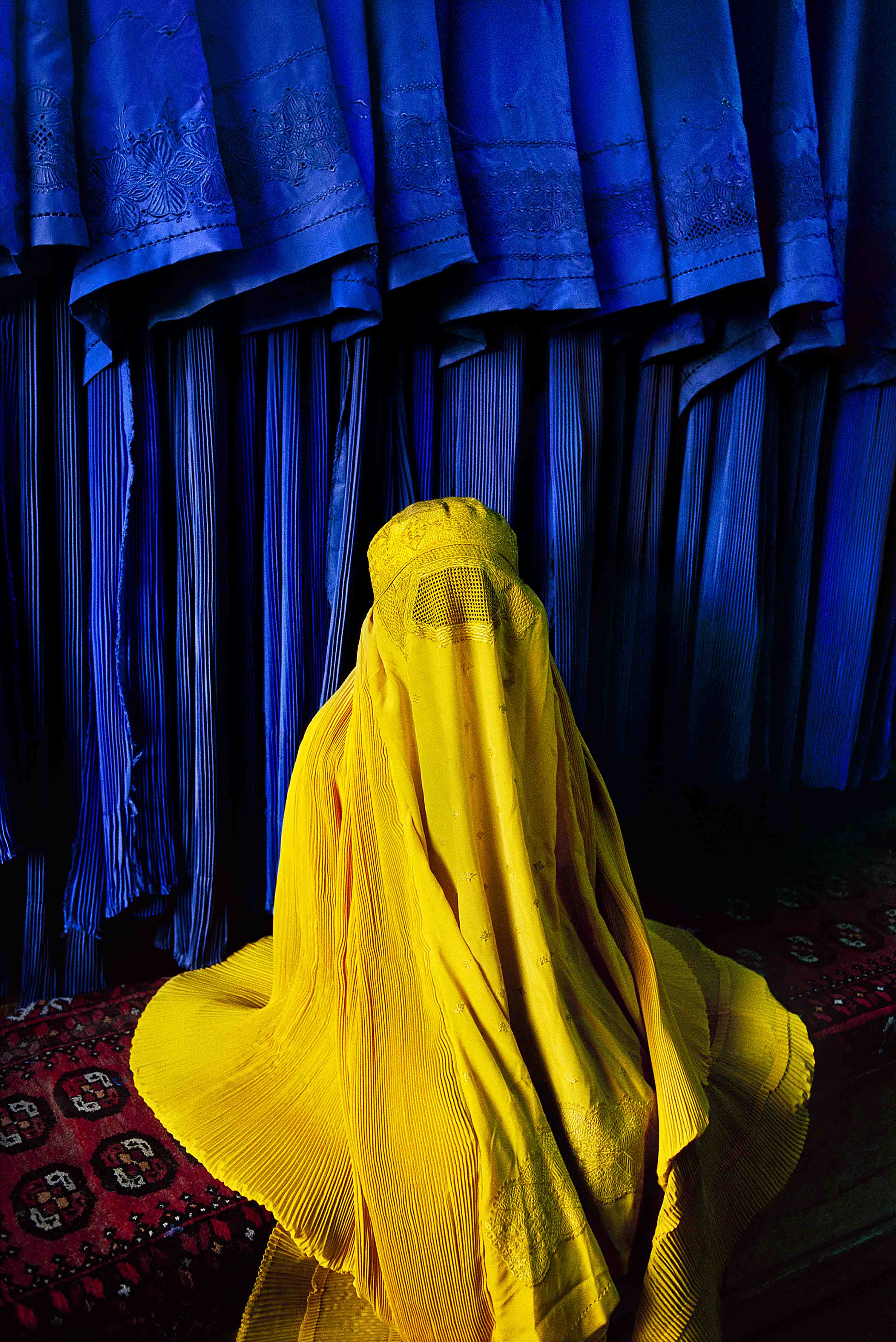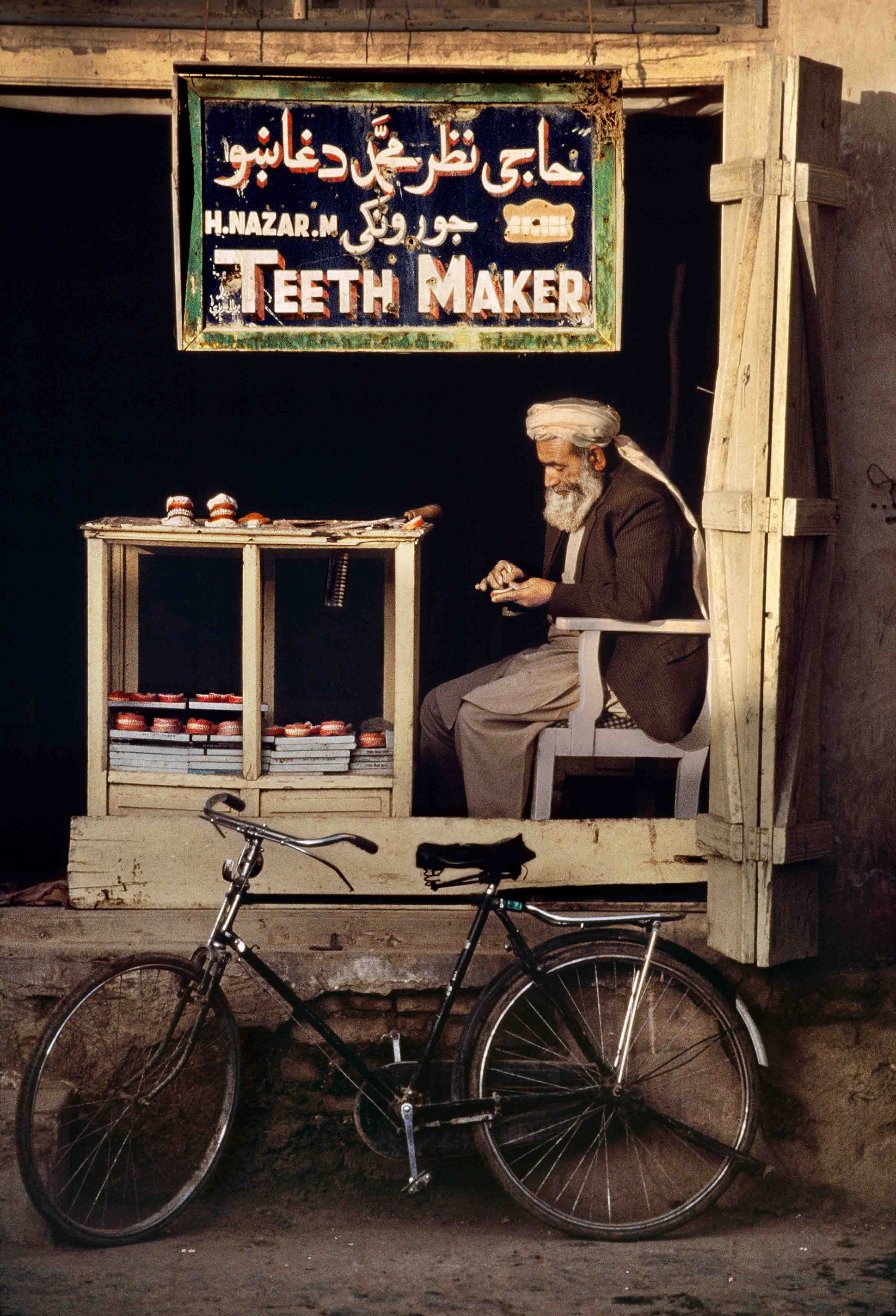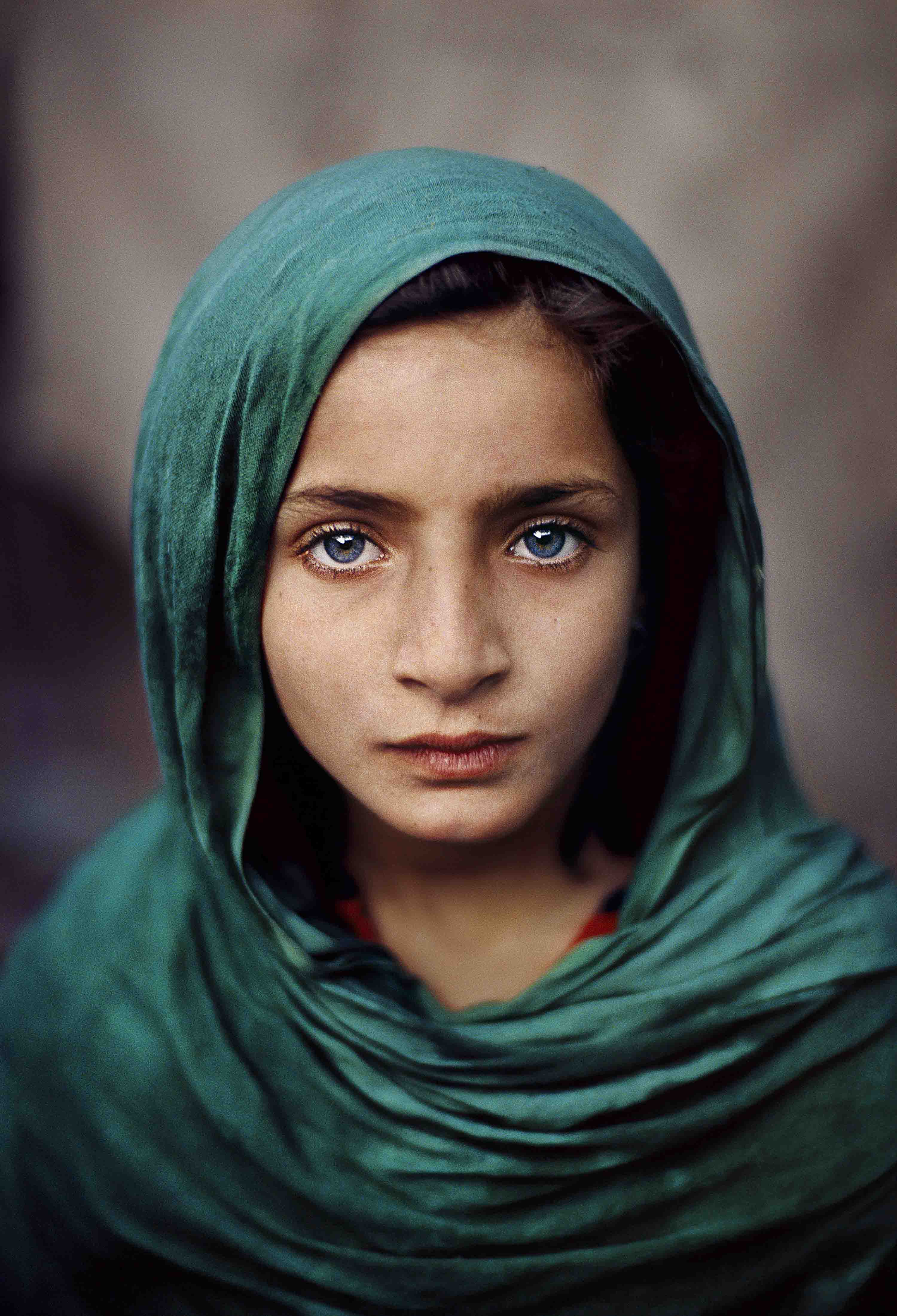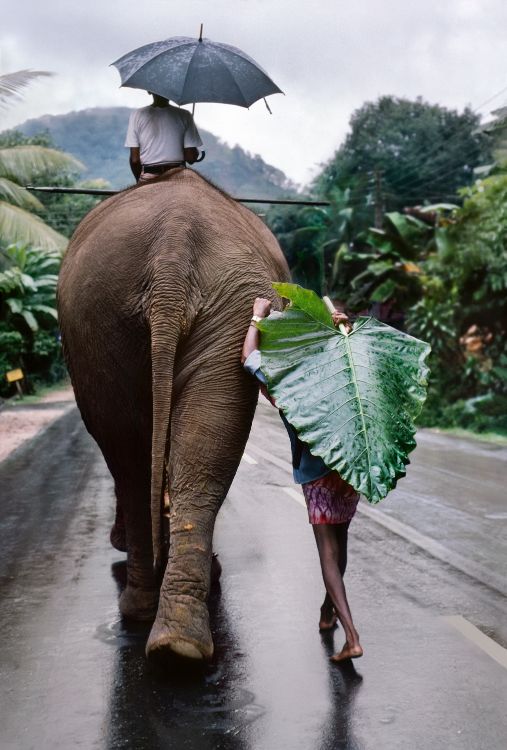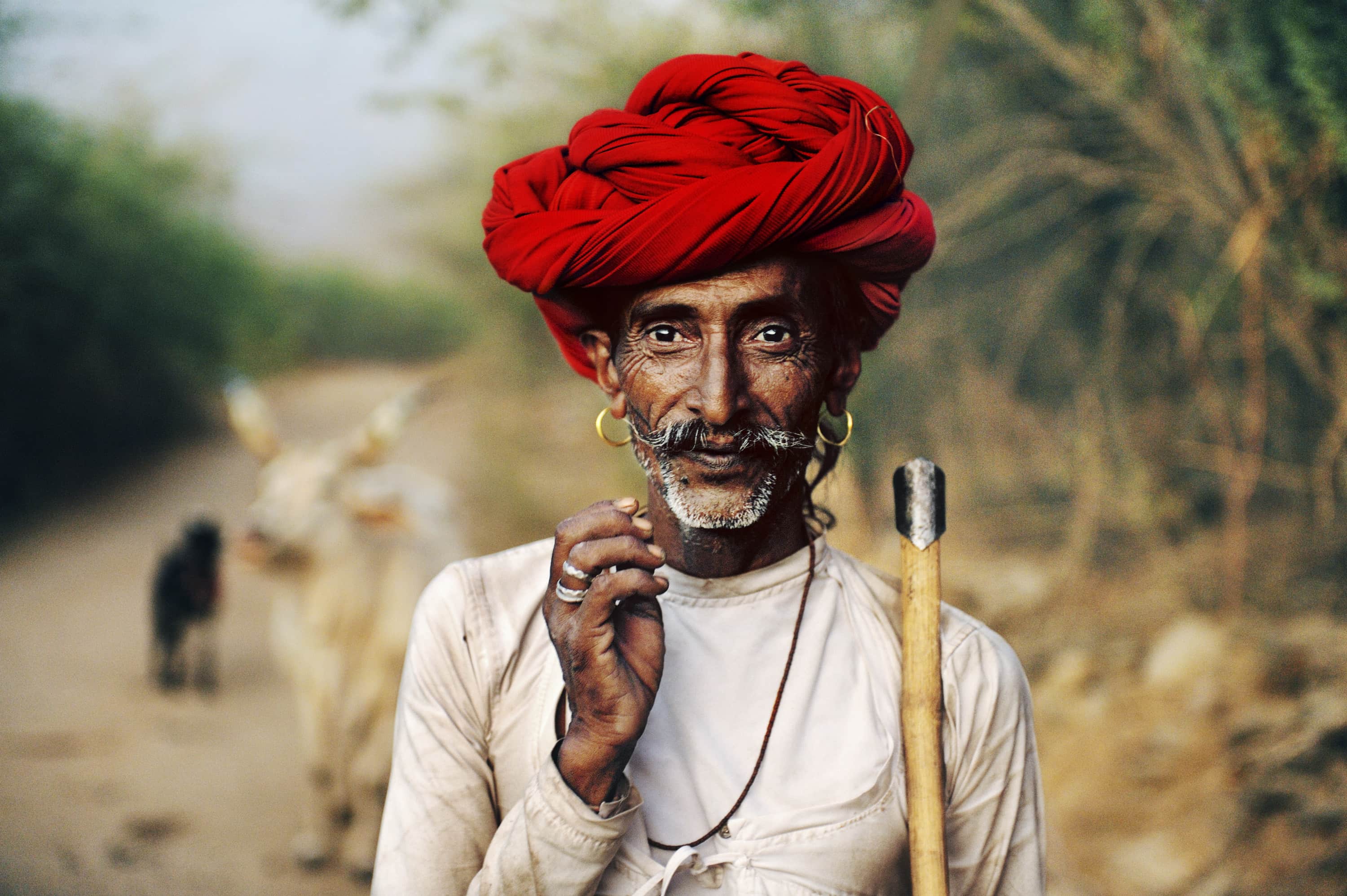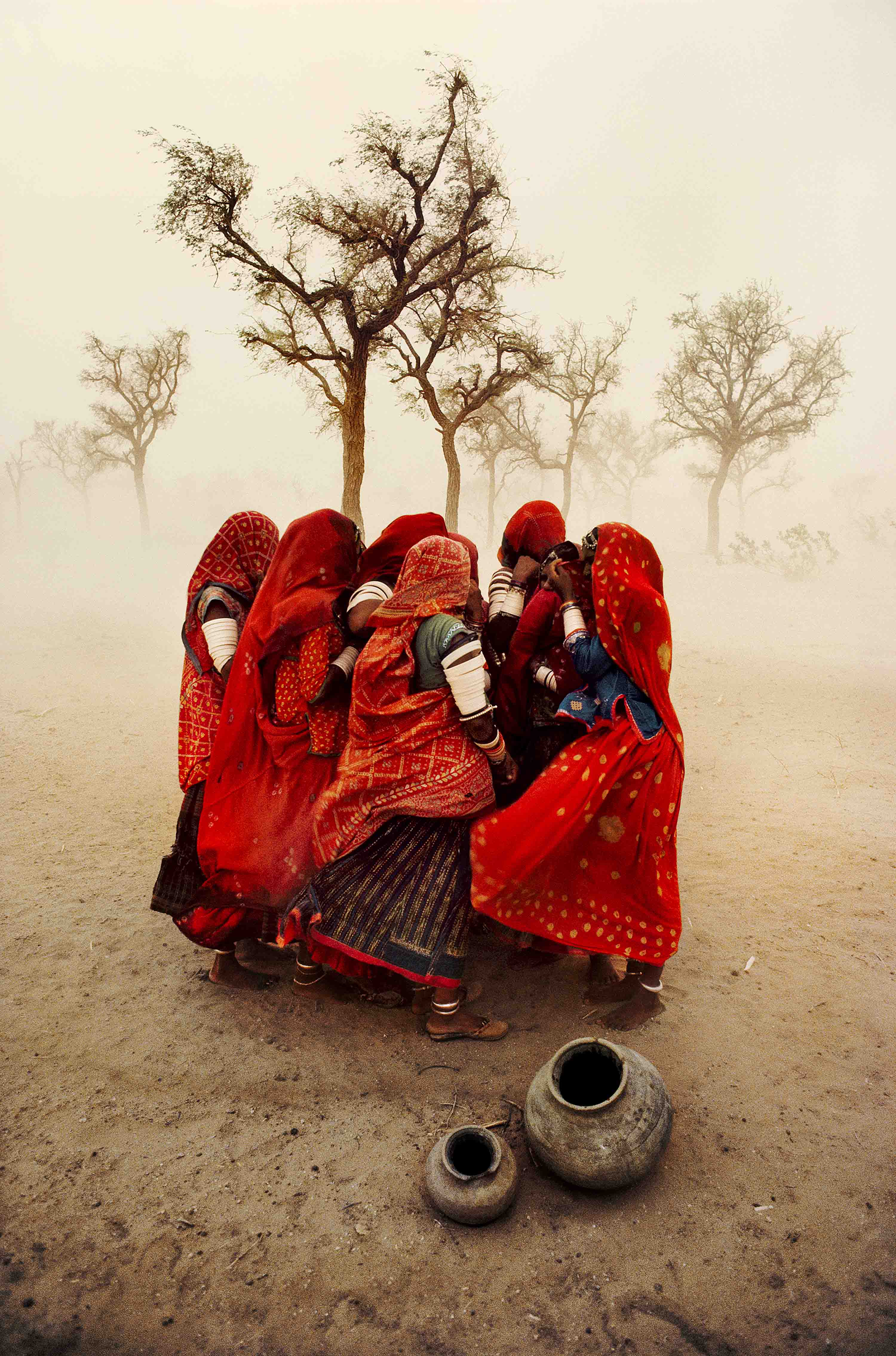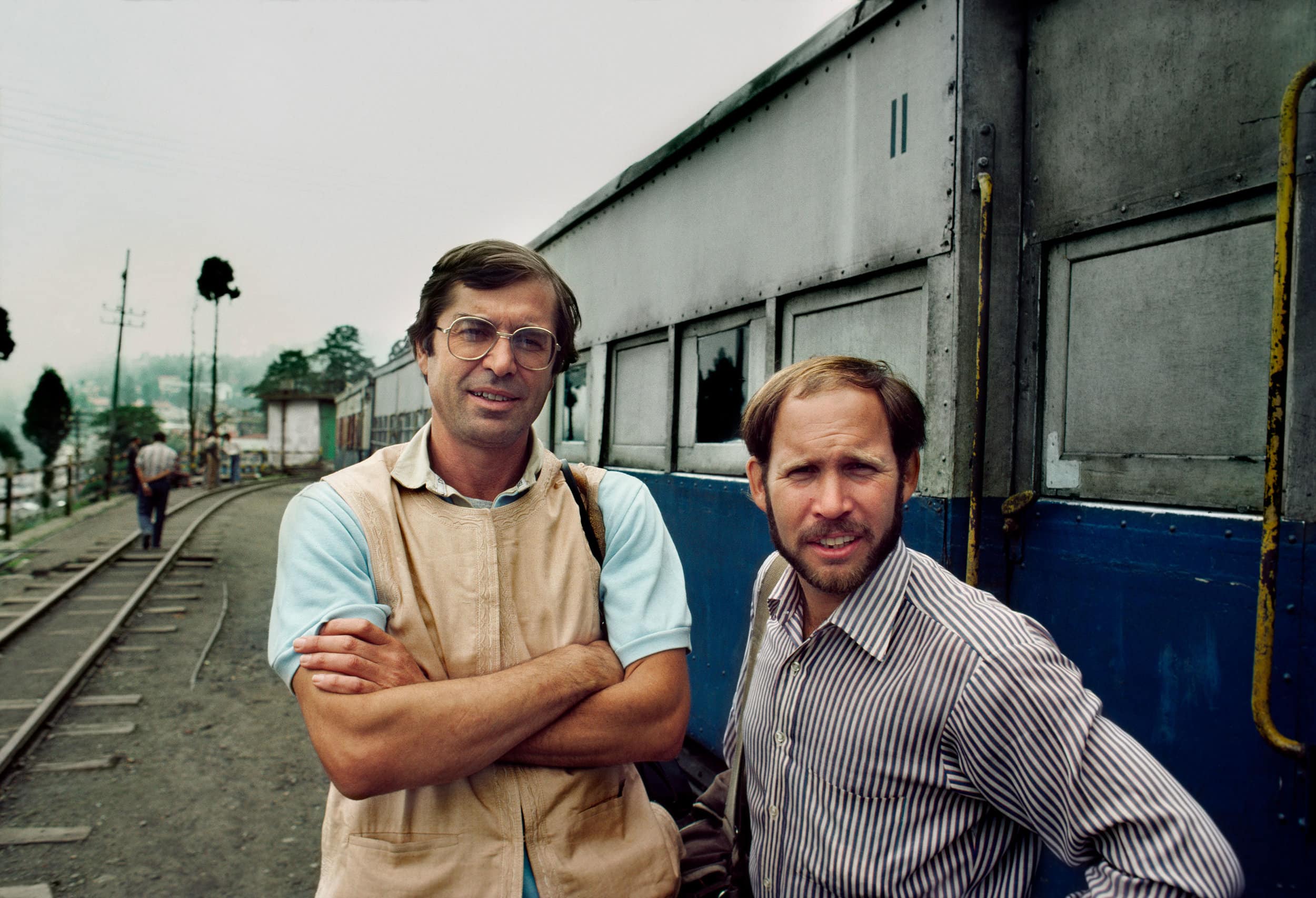Steve McCurry is best known for his evocative colour photographs that document social issues in wider global geopolitics.
Steve McCurry Prints For Sale (44):
Artist Biography
Steve McCurry
United States
B. 1950
EnquireEarly Life
Steve McCurry was born in 1950 and grew up in Philadelphia. During a gap year, McCurry spent several months in Stockholm, Amsterdam and the Middle East before going to the College of Arts and Architecture at Pennsylvania State University to study filmmaking. Whilst studying he started taking photographs for the college newspaper, The Daily Collegian. He graduated with a degree in theatre arts in 1974.
Early Photographic Career
Having worked as a staff photographer at the Philadelphia newspaper, Today’s Post, for several years, in 1978 McCurry left his job and bought a one-way ticket to India with only a bag of clothes and film. After spending months travelling around India, he crossed the border into Pakistan and met a group of Afghan refugees in Chitral who told him about the devastating consequences of the civil war in Afghanistan. In May 1979 McCurry crossed the border into Afghanistan, disguised in native garb. Travelling with the mujahideen, McCurry documented the human cost of the Afghan- Soviet War. He smuggled his rolls of film out of Afghanistan by sewing them into his clothes. His photographs of the conflict were published in The New York Times and Time magazine. They were some of the first images of the conflict to emerge from the country and won him the Robert Capa Gold Medal for the Best Photographic Reporting from Abroad, an award dedicated to photographers exhibiting exceptional courage and enterprise.
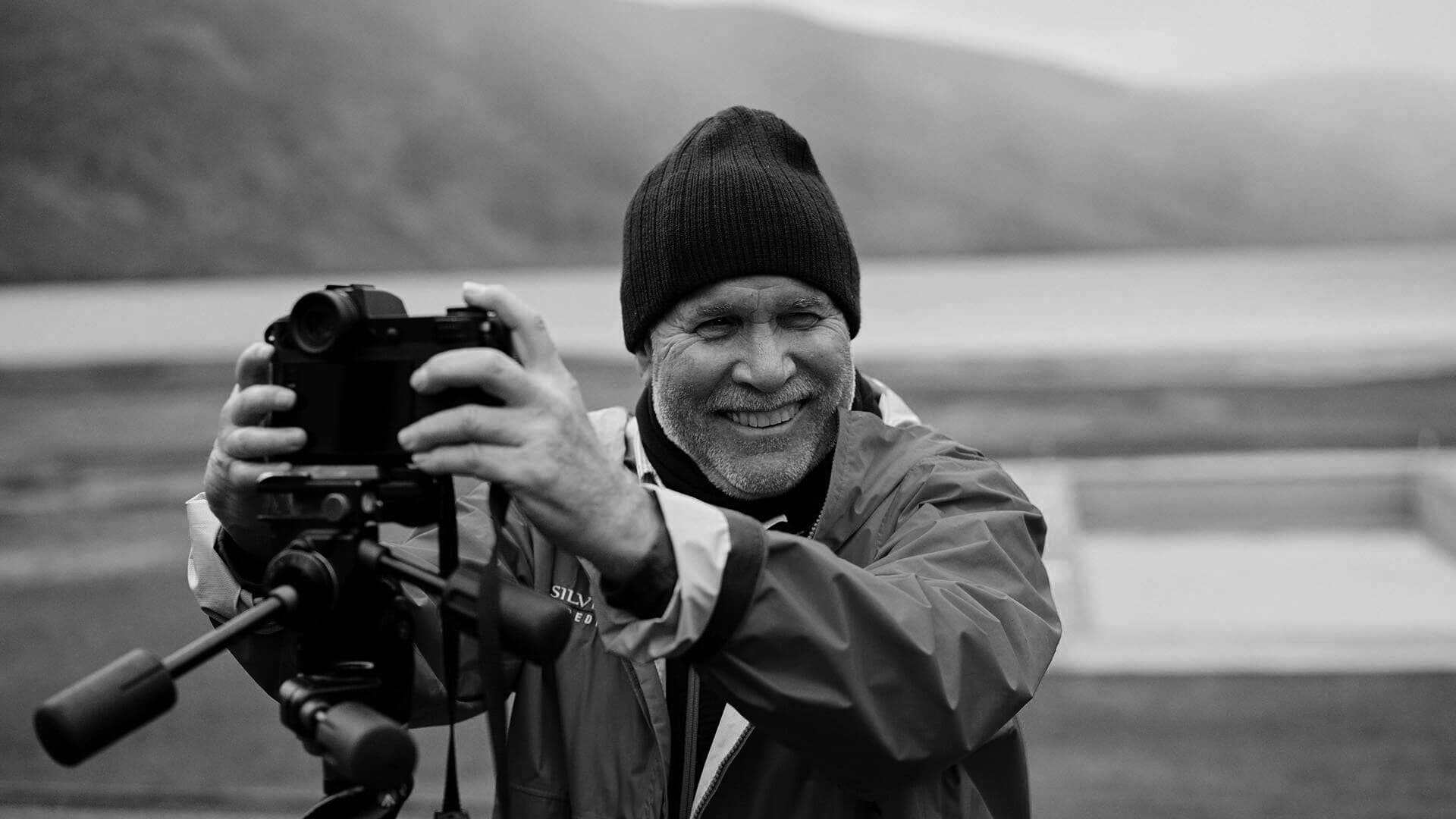
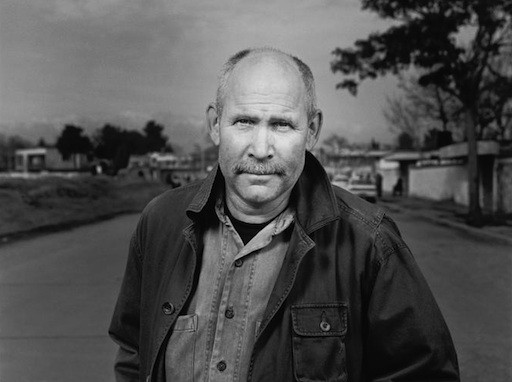
Steve McCurry
United States
B. 1950
EnquireAfghan Girl
In 1984 McCurry was approached by National Geographic to photograph the refugee camps along the Afghan-Pakistan border. In the Nasir Bagh camp McCurry found a tent that had been set up as a girls’ school. He noticed one girl with particularly startling green eyes. He recalls “she had an intense, haunted look, a really penetrating gaze – and yet she was only about twelve years old… I guess she was as curious about me as I was about her. After a few moments she got up and walked away, but for an instant everything was right – the light, the background, the expression in her eyes.” That moment when “everything was right” resulted in arguably the most widely recognised photograph of the twentieth century.
A high point in his career was the rediscovery of the previously unidentified Afghan refugee girl. When McCurry finally located Sharbat Gula. “After almost two decades”, he said, “her skin is weathered; there are wrinkles now, but she is as striking as she was all those years ago”.
Recent Work
Over the next three decades McCurry travelled the world, seeking the most important places from which to report picture stories. McCurry has covered many areas of international and civil conflict, including Burma, Sri Lanka, Beirut, Cambodia, the Philippines, the Gulf War, and the former Yugoslavia. His coverage of Afghanistan and Tibet has been on going throughout his career. Instead of photographing combat, McCurry tends to focus on the human cost of war, often producing arresting portraits and figure studies. He focuses on the human consequences of war, not only showing what war impresses on the landscape, but also on the faces of its victims. McCurry’s work has been featured in every major magazine in the world and frequently appears in National Geographic magazine, with recent articles on Tibet, Afghanistan, Iraq, Yemen, and the temples of Angkor Wat, Cambodia.
Returning from an extended assignment in China, McCurry’s coverage of the September 11th attacks in 2001 have since become a key document of the events, and is a testament to the heroism and nobility of the people of New York City. McCurry’s photographs of Ground Zero were published in New York September 11th, by Magnum Photographers. His photograph of the collapse on the North Tower was used as the front cover. Having shot on Kodachrome for thirty years, Kodak asked McCurry to shoot the last roll of the famous transparency film, the product of which is housed at the George Eastman House.
Exhibitions & Awards
McCurry is the recipient of numerous awards, including Magazine Photographer of the Year, awarded by the National Press Photographers’ Association in 1984. In the same year, he won an unprecedented four first prizes in the World Press Photo Contest. He has also twice won the Olivier Rebbot Memorial Award. His work has been exhibited in galleries and museums throughout the world, including Germany, Italy, Mexico and the United States of America.
More about Steve McCurry
Steve McCurry & The Agra Fort Station
3 months ago
Steve McCurry on the South Coast of Sri Lanka
4 months ago
